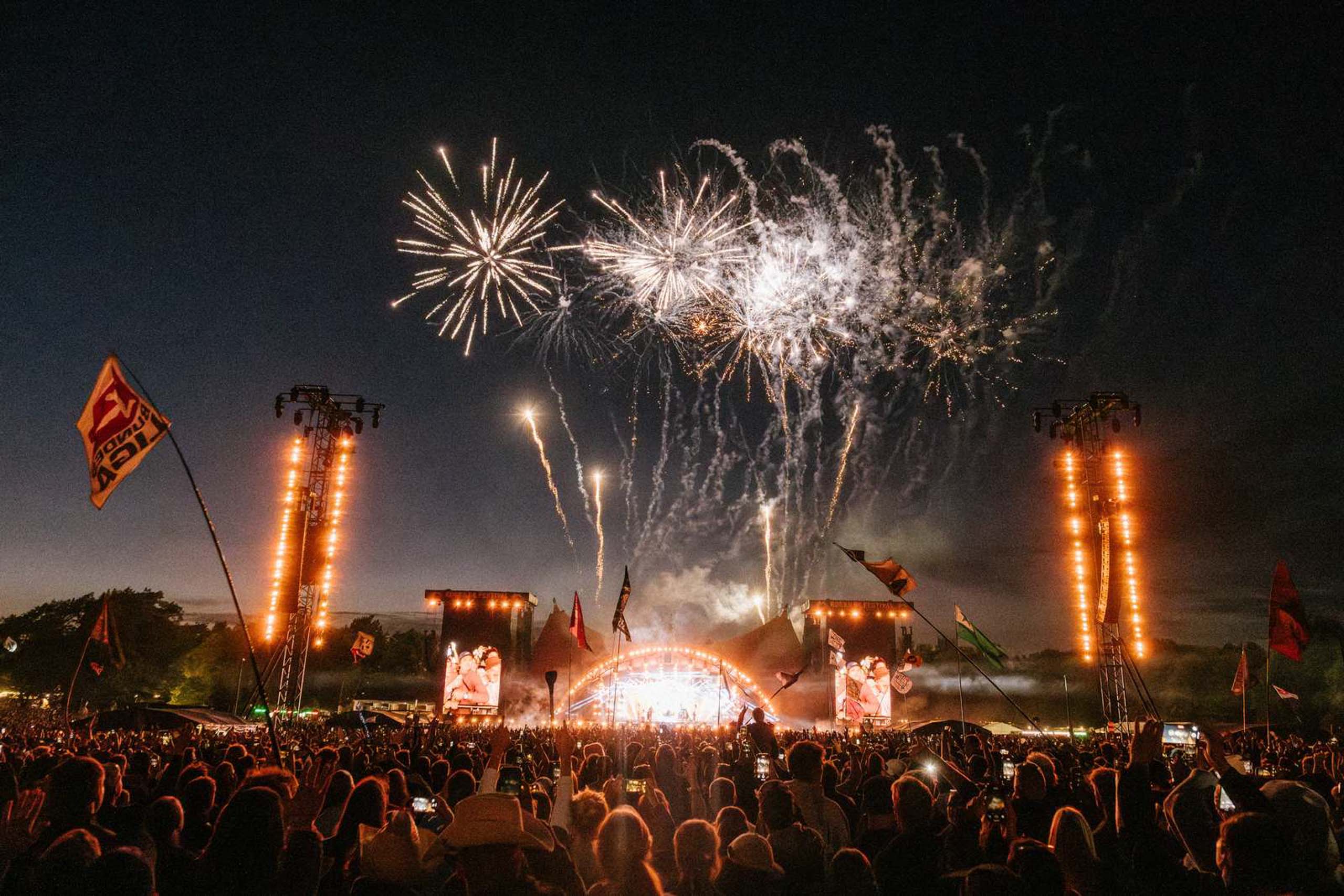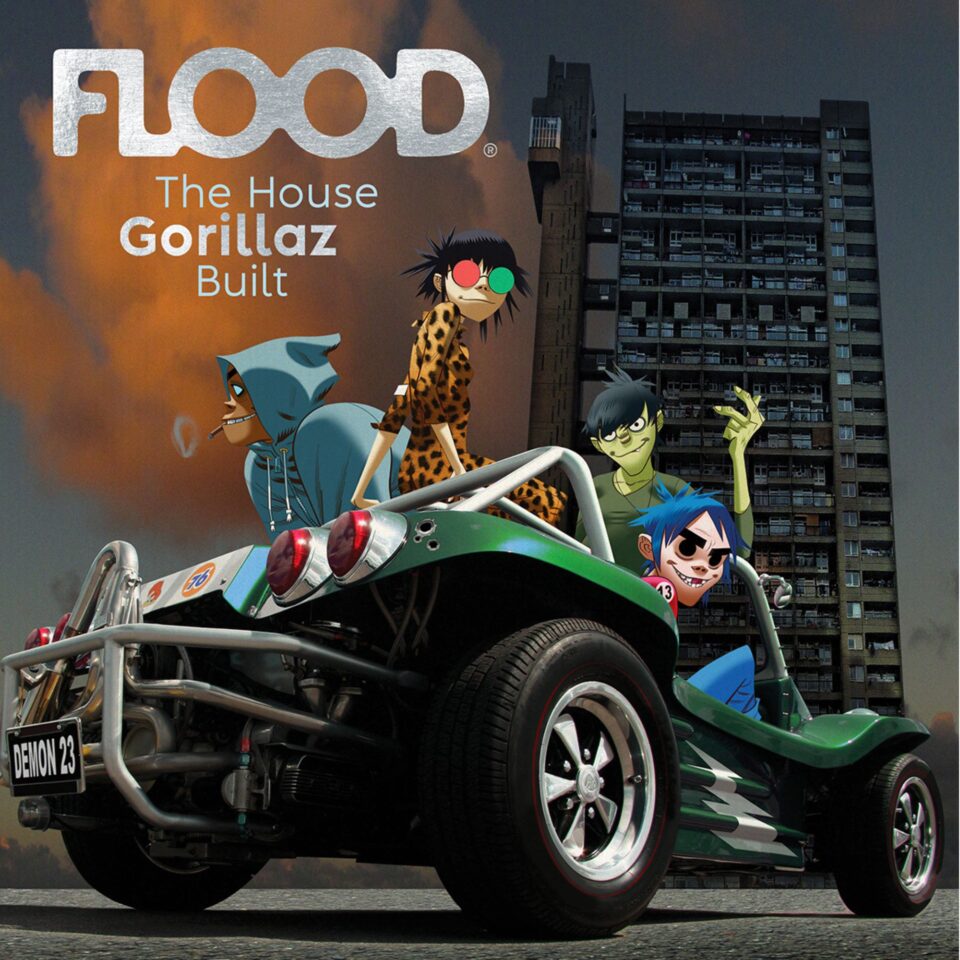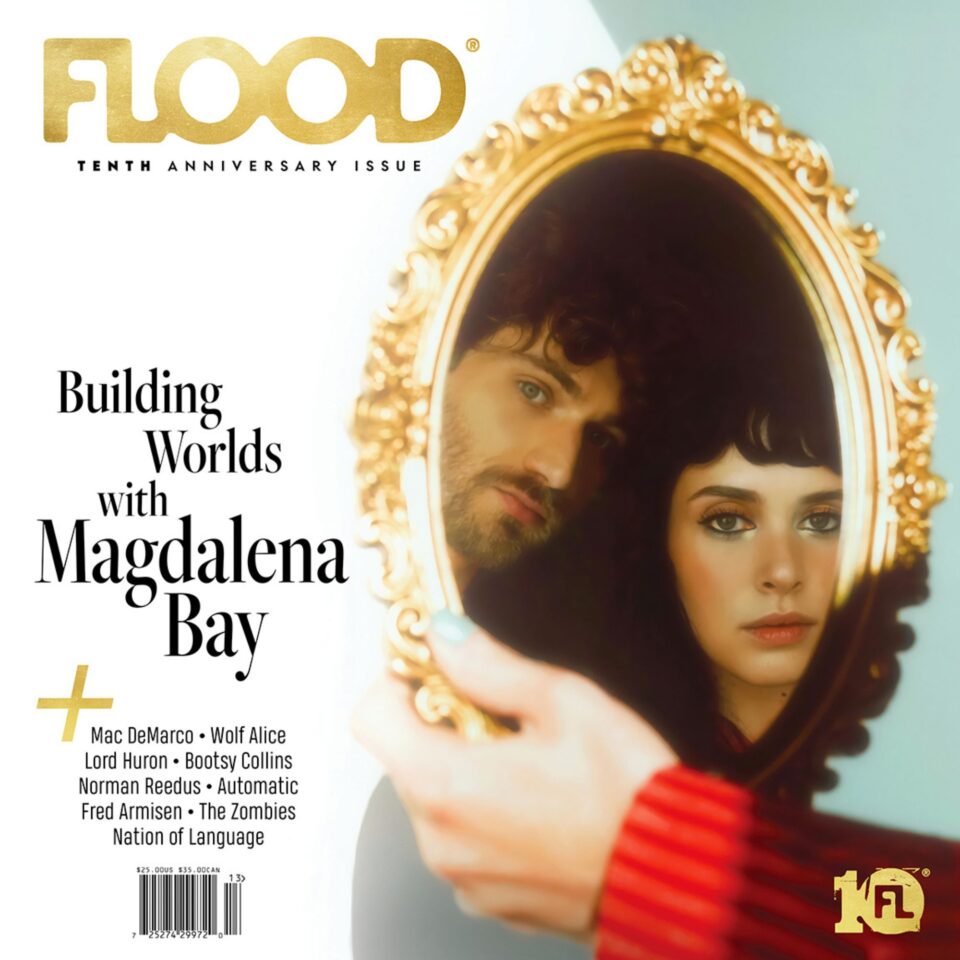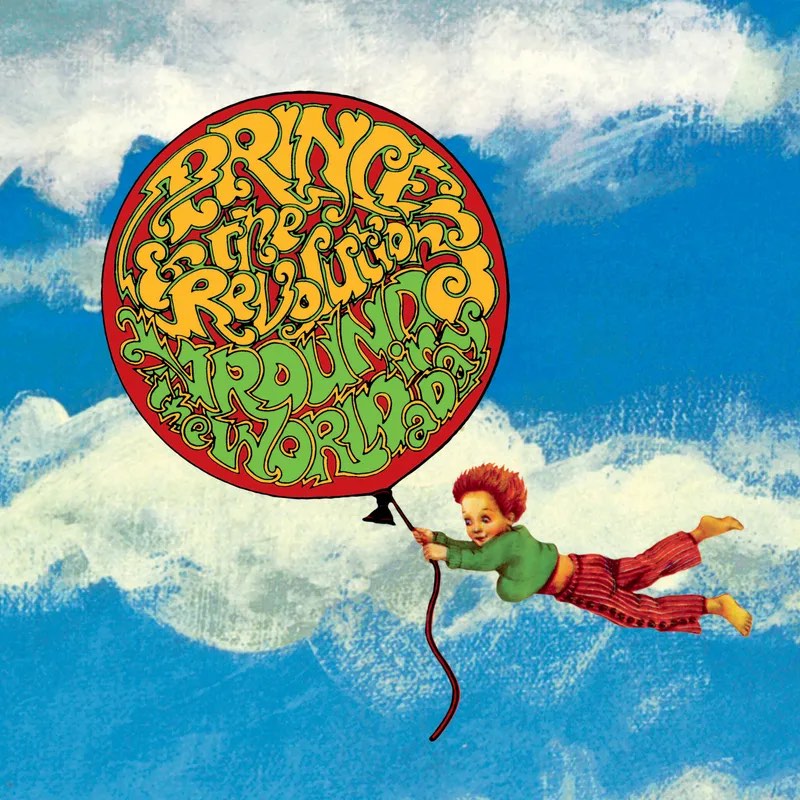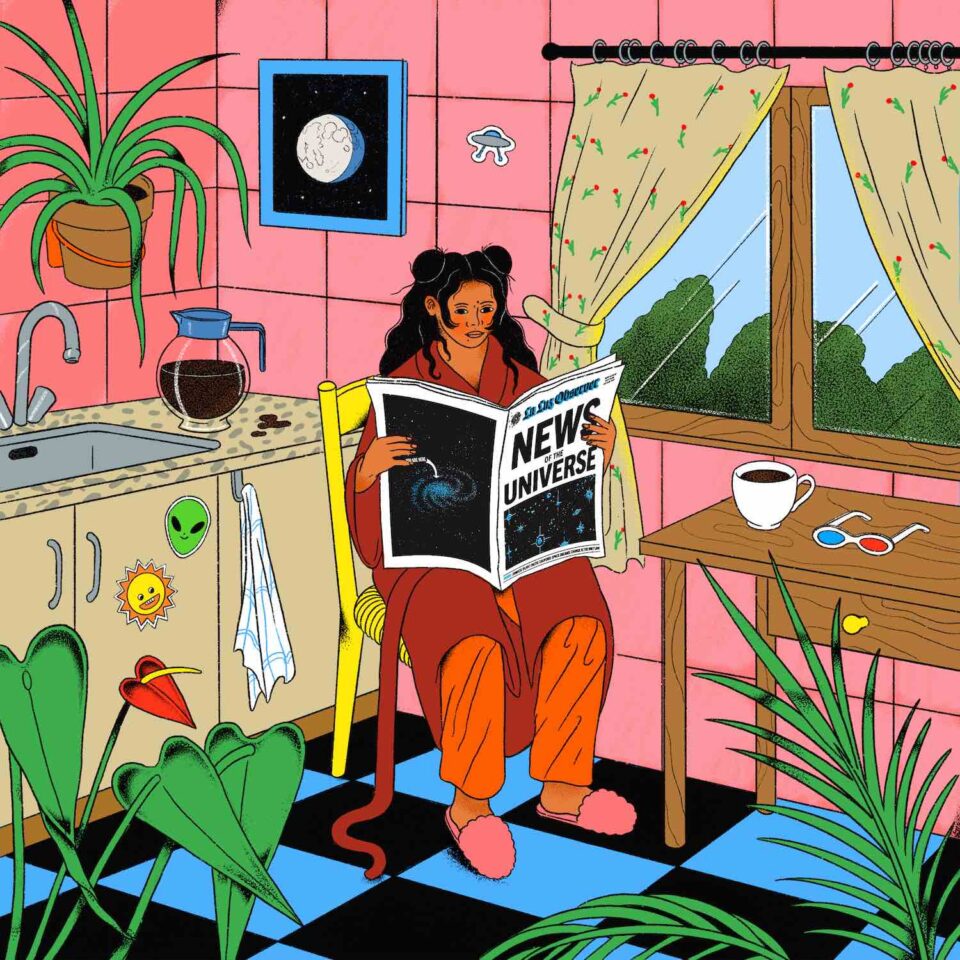They call it the “orange feeling.” Founded in 1971 by two high schoolers and a concert promoter, the annual music and culture festival Roskilde is hosted in the Danish town it’s named after about 18 miles west of Copenhagen. With a population of 53,354, Roskilde is the 10th largest city in Denmark, but for one week every summer over the past five decades, over 130,000 visitors descend upon the idyllic festival grounds for seven days of camping, music, art, food, and beer. Lots of beer.
They call it the ”orange feeling” because of the fest’s iconic main stage—a bright orange tent originally acquired from The Rolling Stones in 1978—but that feeling stems from so much more. There’s a connective emotion celebrating years of community and a carefree atmosphere festivalgoers describe of happiness, openness, and a shared love of music.
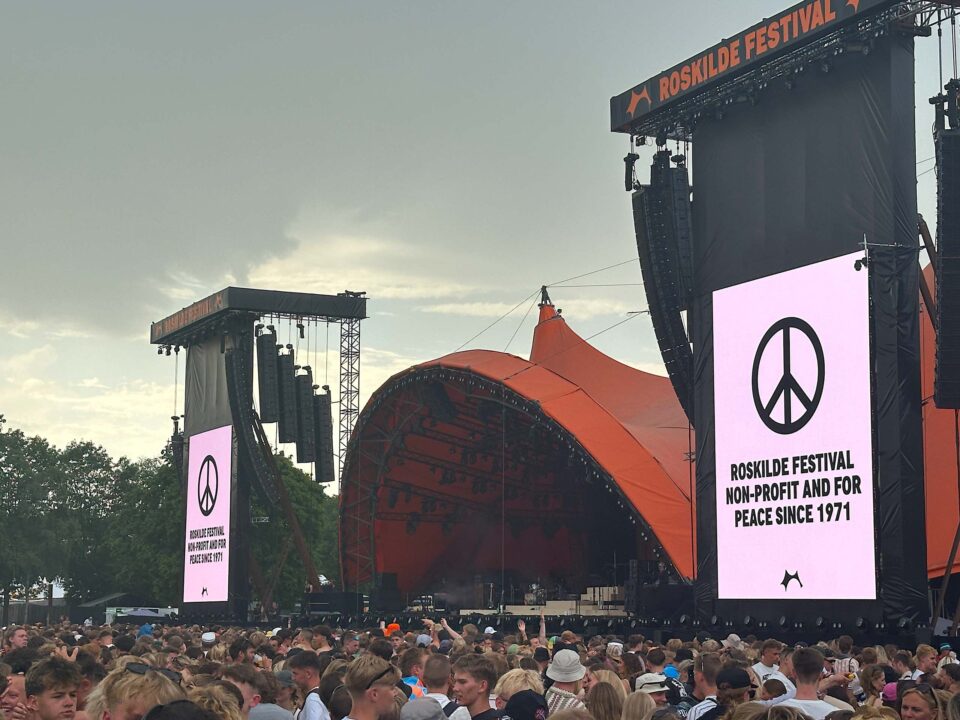
photo by Randy Bookasta
Since being taken over by the Roskilde Foundation in 1972, the event has become one of the world’s biggest nonprofit festivals, raising over 443 million DKK (approximately $70 million) to date for humanitarian and cultural purposes, while setting the standard for how music festivals can adapt for a greener future. The organizers have completely phased out diesel-powered generators while running the festival on renewable energy, with multiple efforts in place to reduce waste, promote organic food, and encourage recycling with a container deposit system for reusable cups and bottles.
What started out as a two-day event in 1971 with Danish band names like Dr. Dopo Jam and Burnin Red Ivanhoe, in the following years you can trace a who’s-who of popular music back to artists who have graced the Roskilde stages: Bob Marley and the Wailers, U2, The Rolling Stones, The Cure, The Clash, David Bowie, Beastie Boys, Prince, Radiohead, Taylor Swift, Kendrick Lamar, Björk, and on and on.
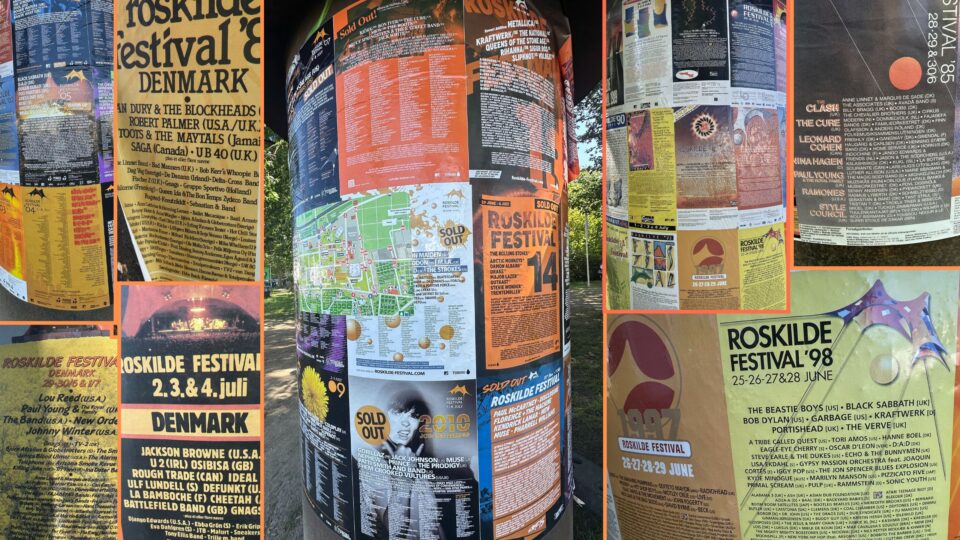
photos by Randy Bookasta
Over 60,000 festivalgoers camp at Roskilde—along with 28,000 festival volunteers—with most arriving four days before the official music days kick off, building a city full of tents, activations, and dance floors, offering a fully immersive world beyond the main live stages. Referred to as the “First Days,” there‘s an additional multi-day schedule of live performances—mostly on the Eos stage—focused on Nordic artists, along with yoga, art, sound baths, swimming, and dancing.
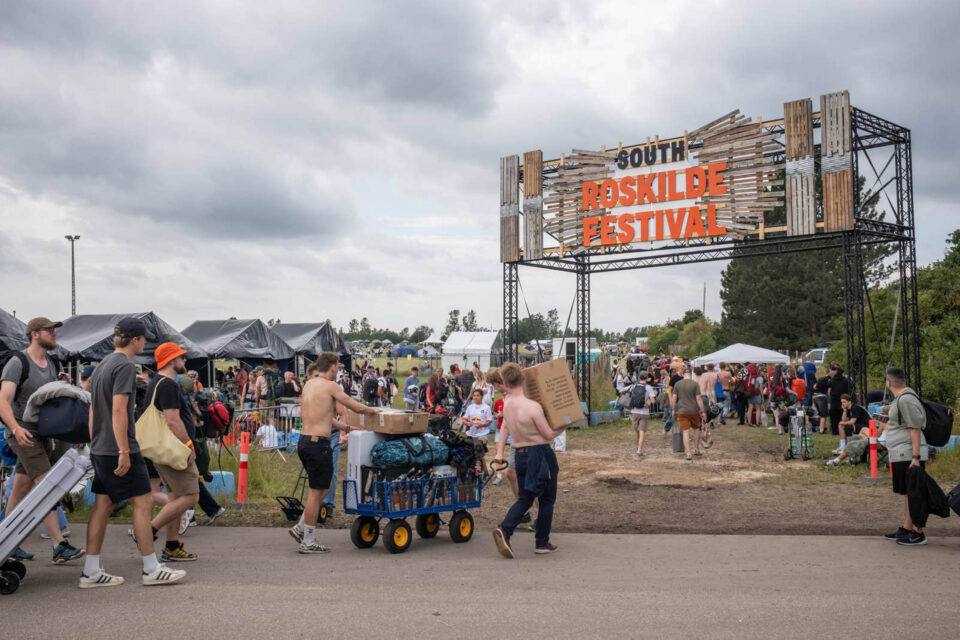
Opening of camp site / photo by Kim Matthäi Leland
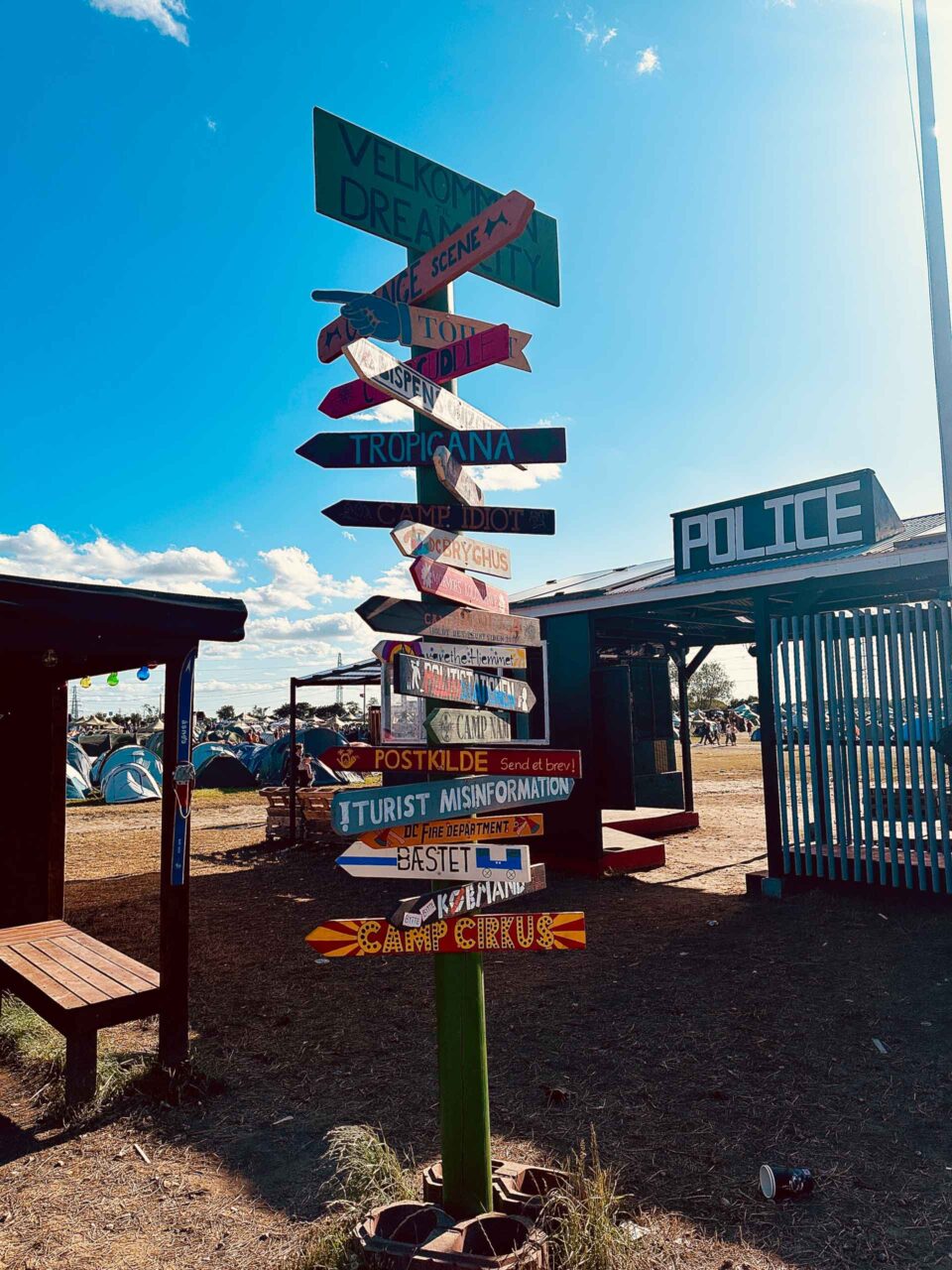
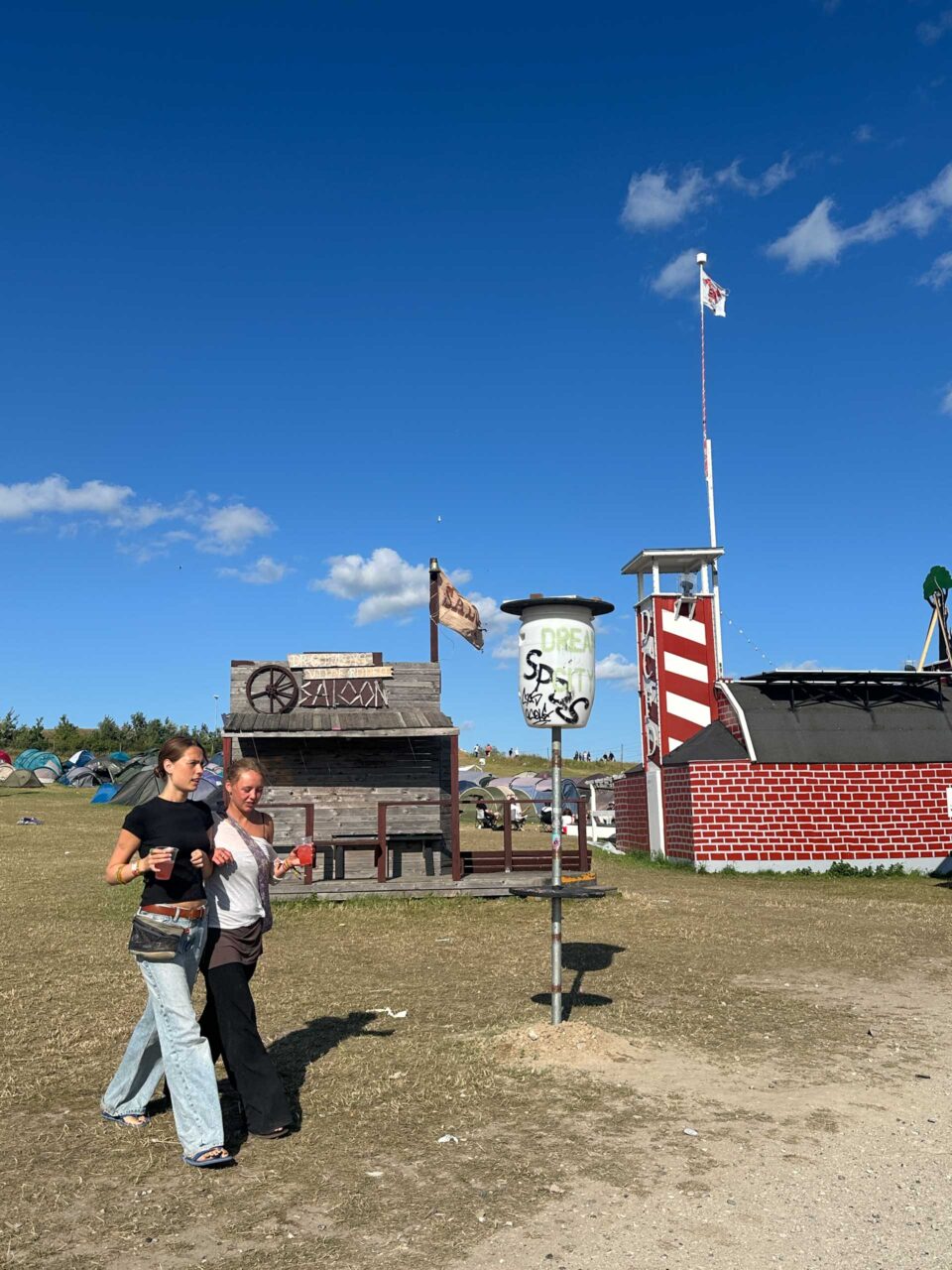
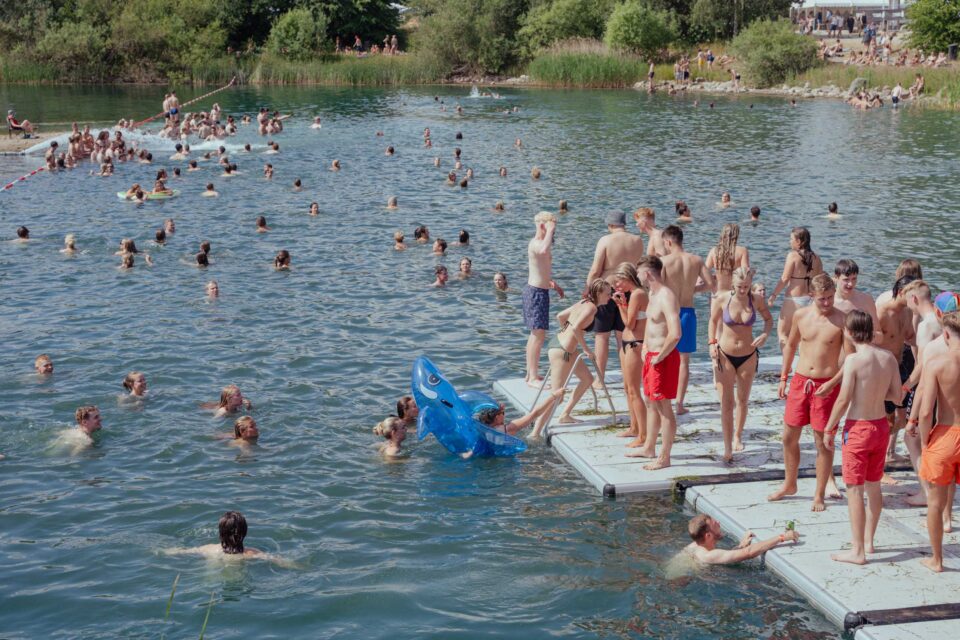
photo by Christian Solgaard
On the campgrounds this year, UK visual artist Jesse Darling built a large-scale installation dubbed “The Long Way Around” with a massive wheelchair-accessible ramp that spirals up to a viewing point overlooking the camping sites, which was described by the fest as inspiring conversations about “what is considered possible and normal—a challenge that exists both in our imagination and as a concrete, real-world practice.”
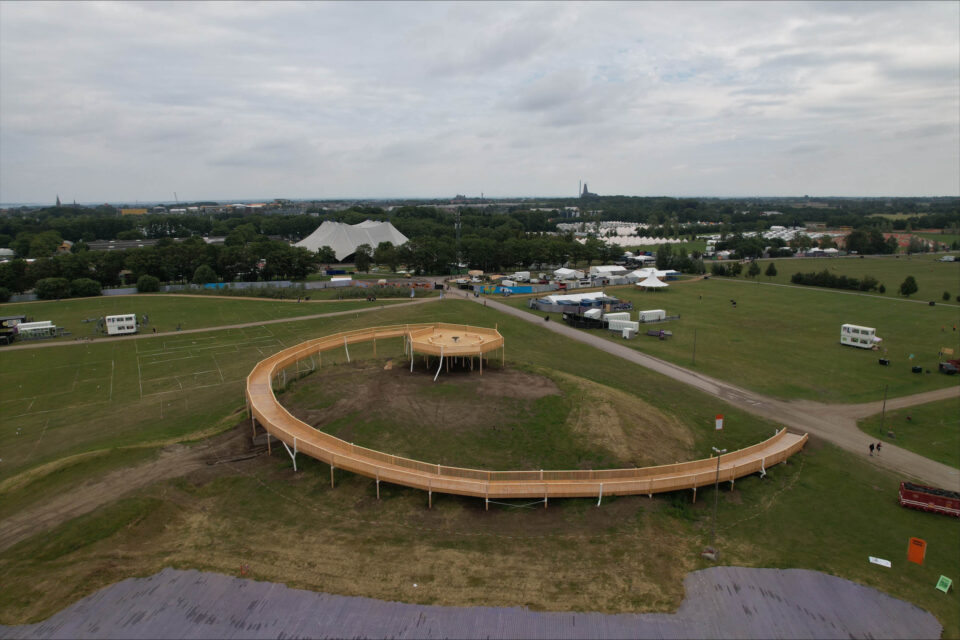
The Long Way Around by Jesse Darling / photo by Christoffer Anias Sandager
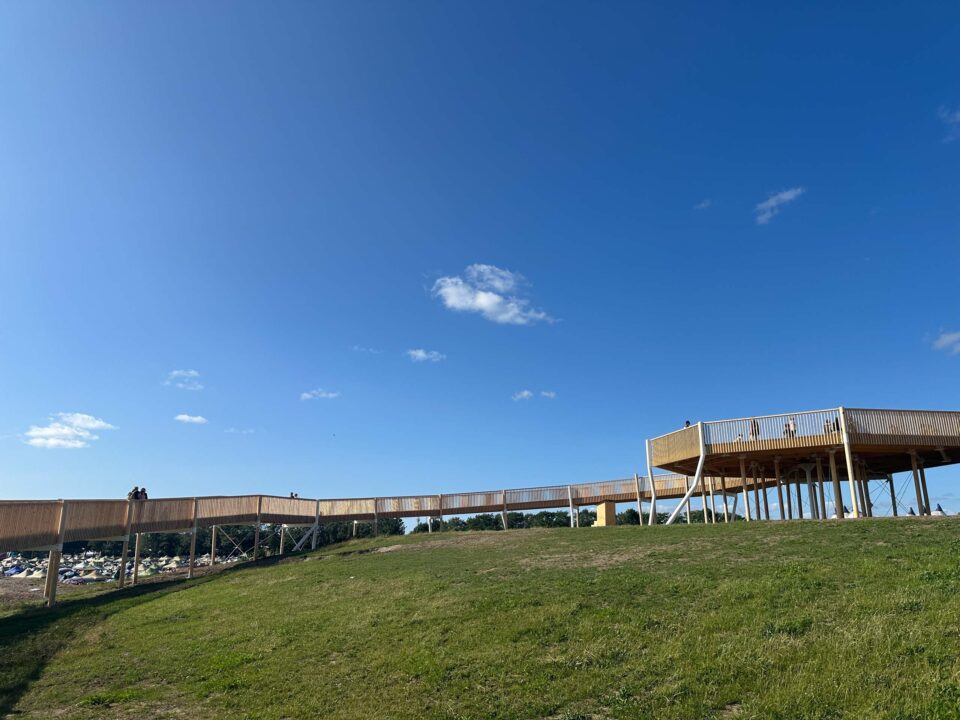
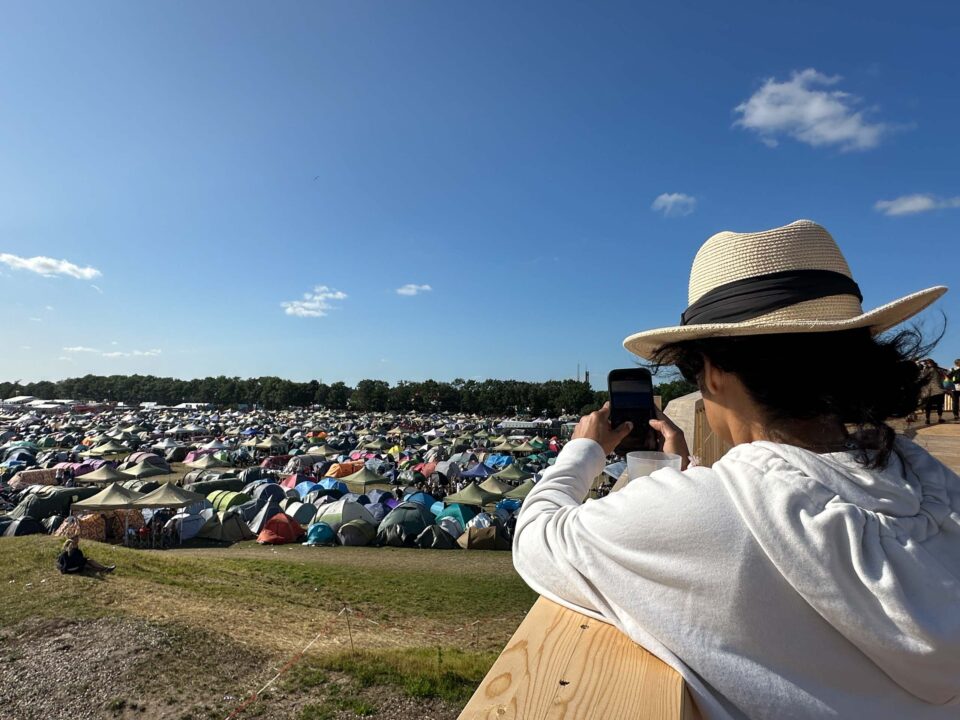
The Long Way Around by Jesse Darling / photos by Randy Bookasta
Danish weather can be notoriously unpredictable, with even the pleasant summer months often hindered by windstorms and rain. Last year, excessive rainfall turned the fest grounds into fields of mud, but the weather remained manageable for this year’s edition. At times it was hot, then stormy—and then there was Stormzy, the British superstar emcee who gathered perhaps the biggest fest crowd this year for his Thursday night headlining set.
As has become tradition, a Danish talent kicks off the main Orange stage, with breakout pop singer Annika taking the honor this year, followed by a wide-ranging schedule of international talent across six stages, including Charli XCX, Doechii, Deftones, Olivia Rodrigo, FKA twigs, MØ, Fontaines D.C., Beth Gibbons, Nine Inch Nails, Seu George, and dozens more.
Take a look at scenes of that orange feeling from Roskilde 2025 below.
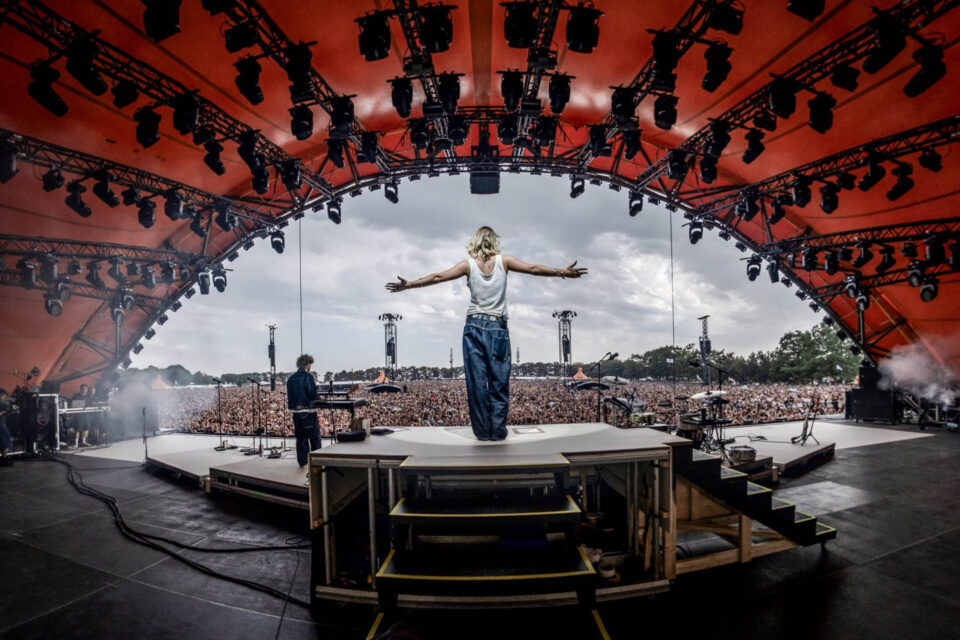
Annika / photo by Kim Matthäi Leland
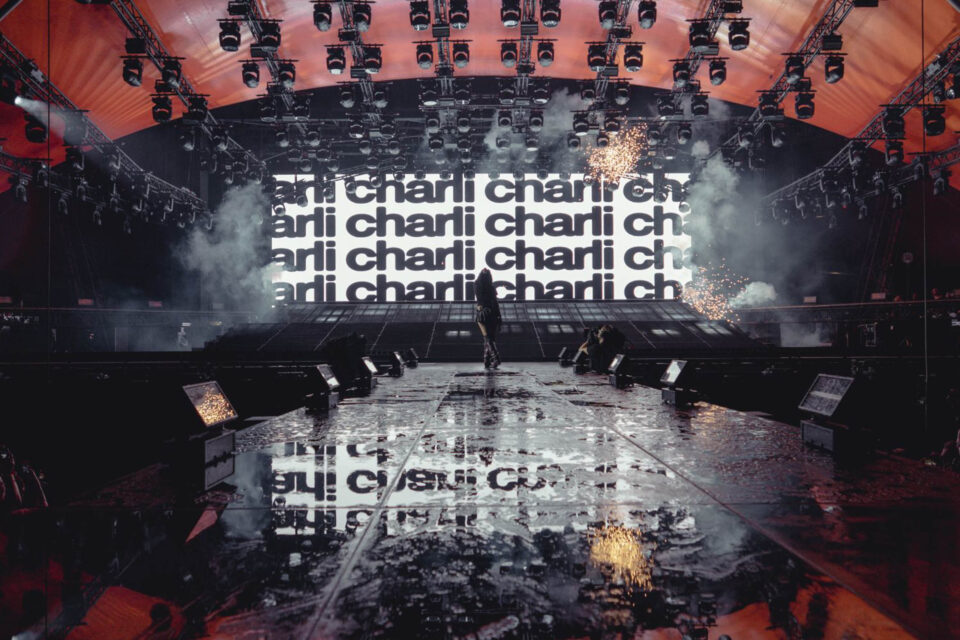
Charli XCX / photo by Henry Redcliff
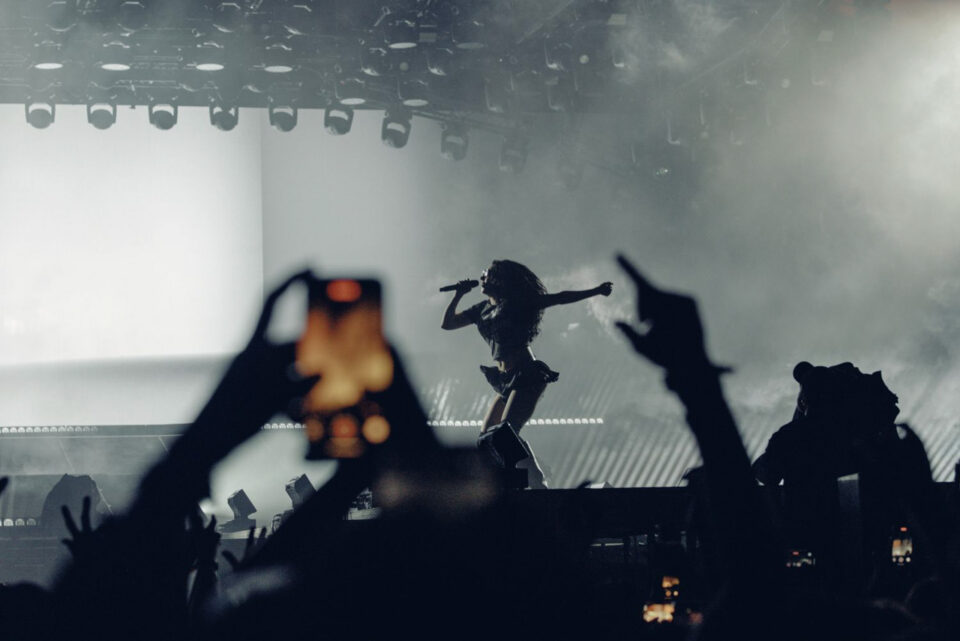
Charli XCX / photo by Henry Redcliff
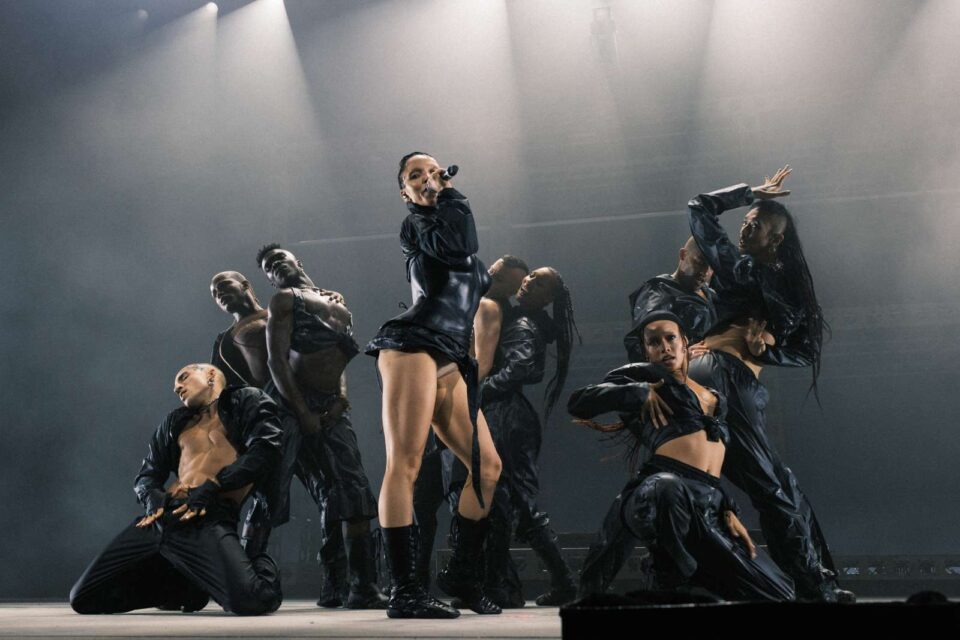
FKA Twigs / photo by Flemming Bo Jensen
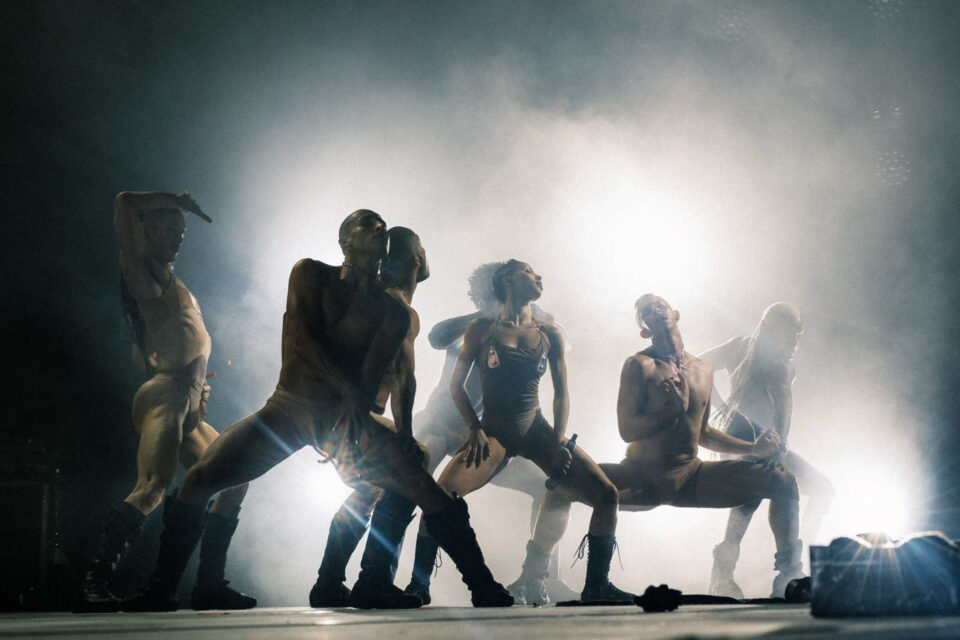
FKA Twigs / photo by Flemming Bo Jensen
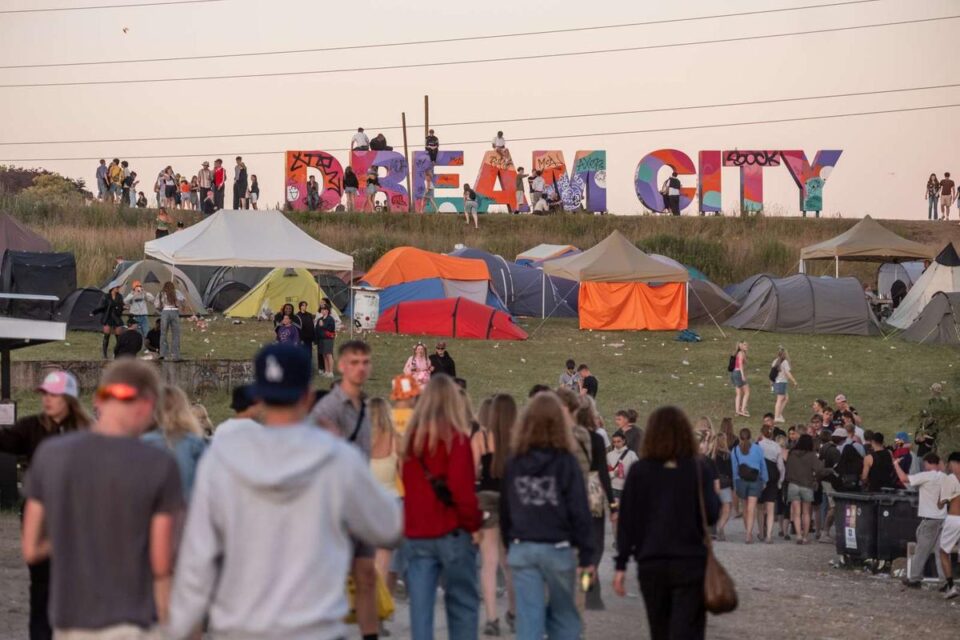
photo by Kim Matthäi Leland
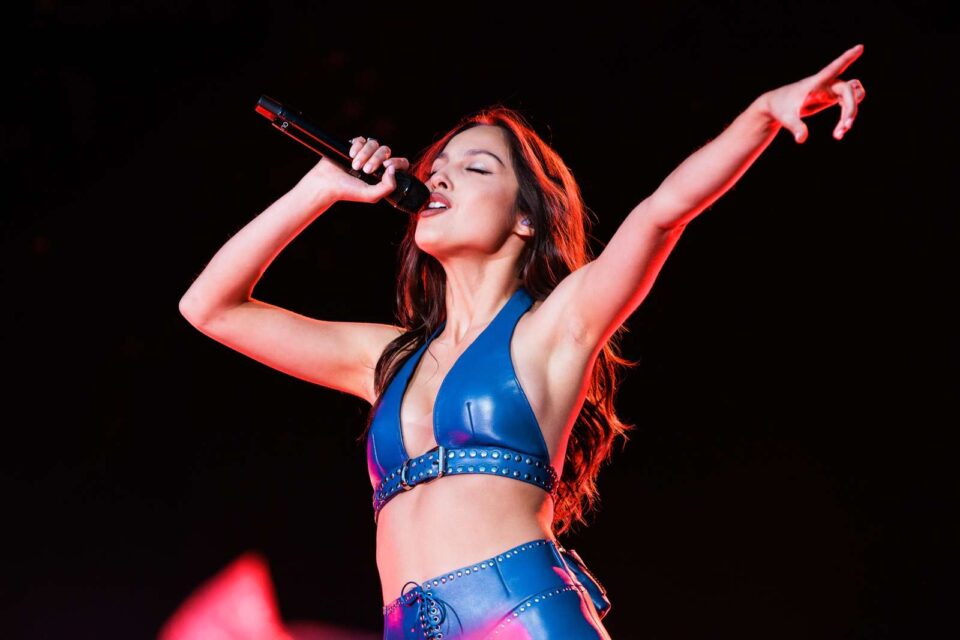
Olivia Rodrigo / photo by Peter Troest
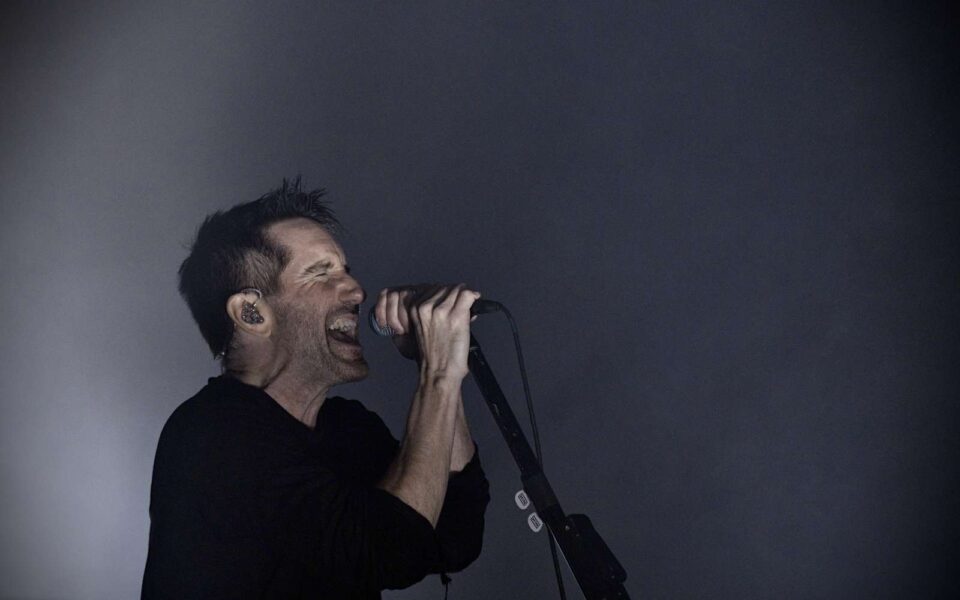
Nine Inch Nails / photo by Steffen Joergensen

Doechii / photo by Christian Hjorth
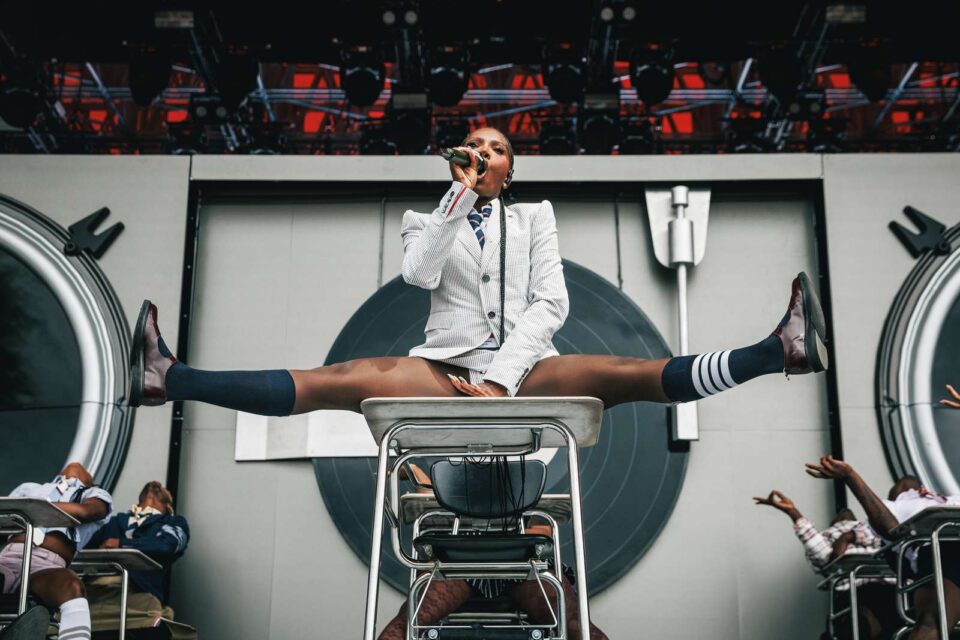
Doechii / photo by Christian Hjorth
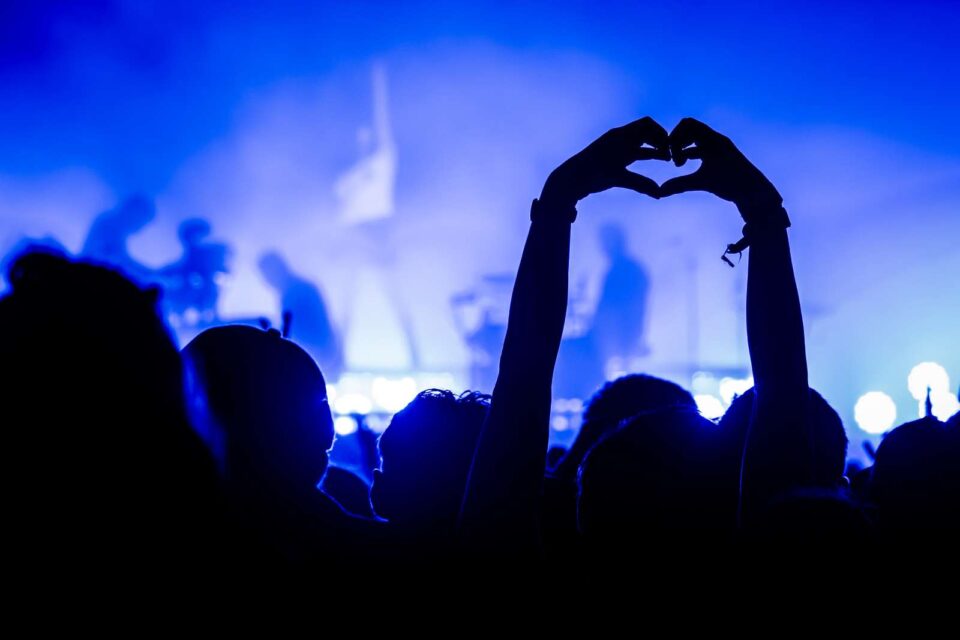
MØ / photo by Kim Matthäi Leland
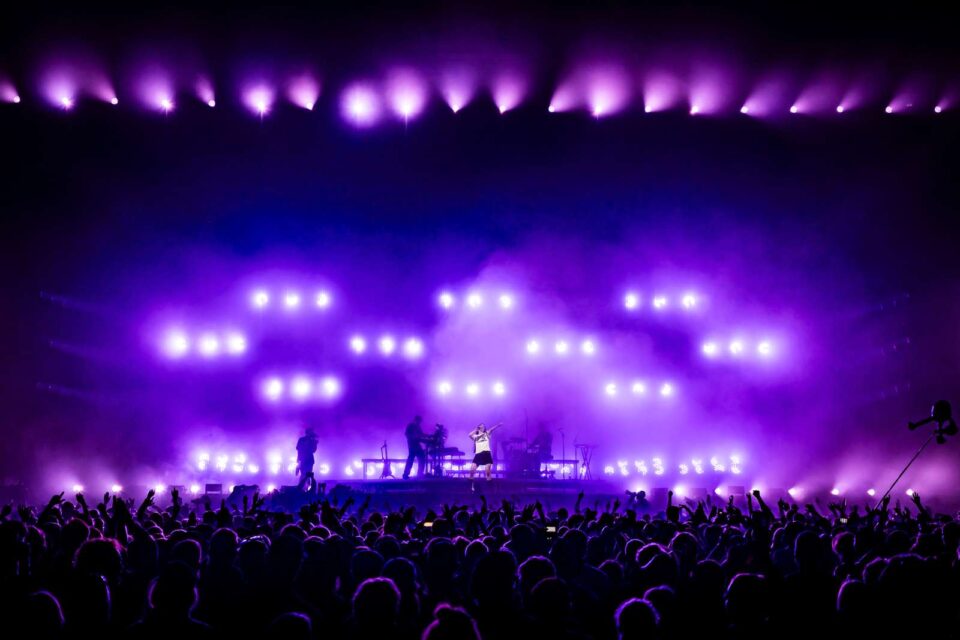
Kim Matthäi Leland
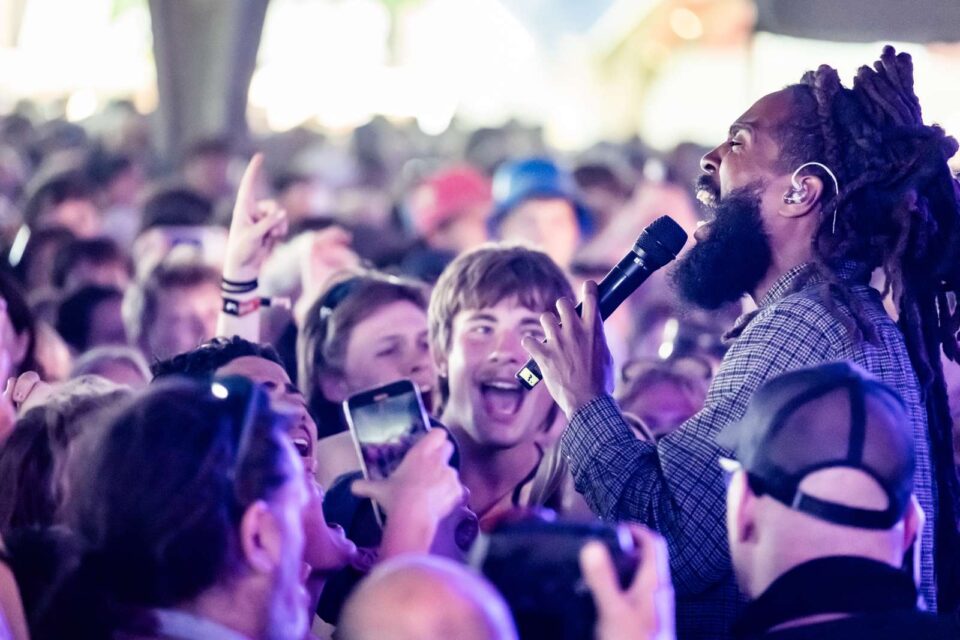
Thee Sacred Souls / photo by Kim Matthäi Leland
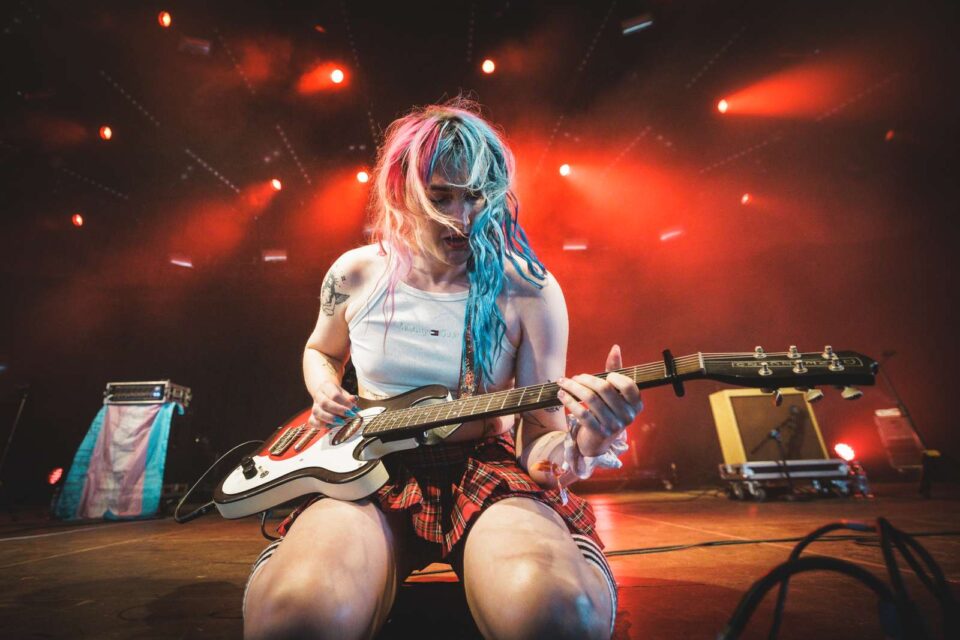
Jasmine 4.t / photo by Peter Troest
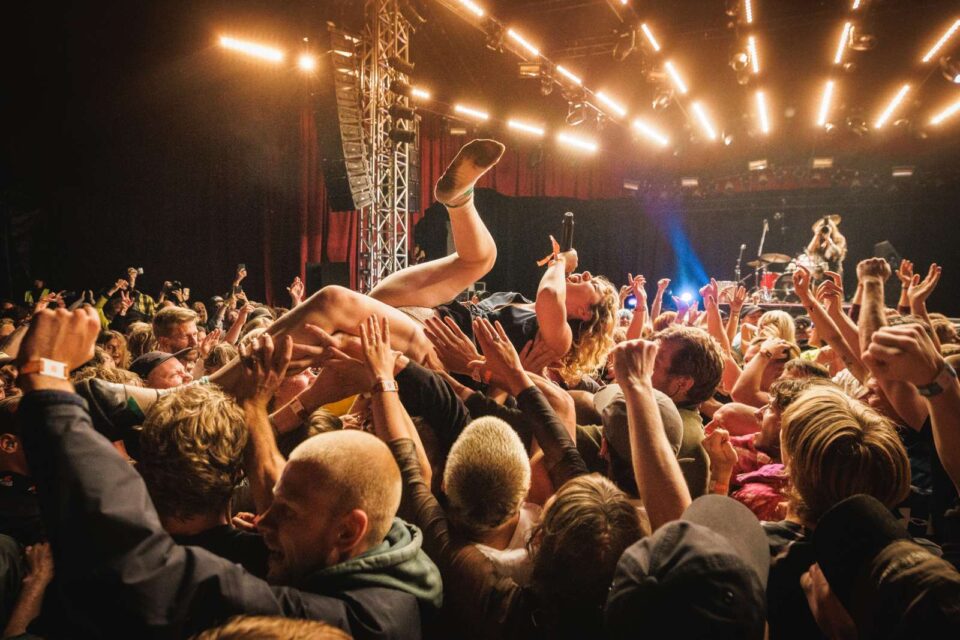
Lambrini Girls / photo by Peter Troest
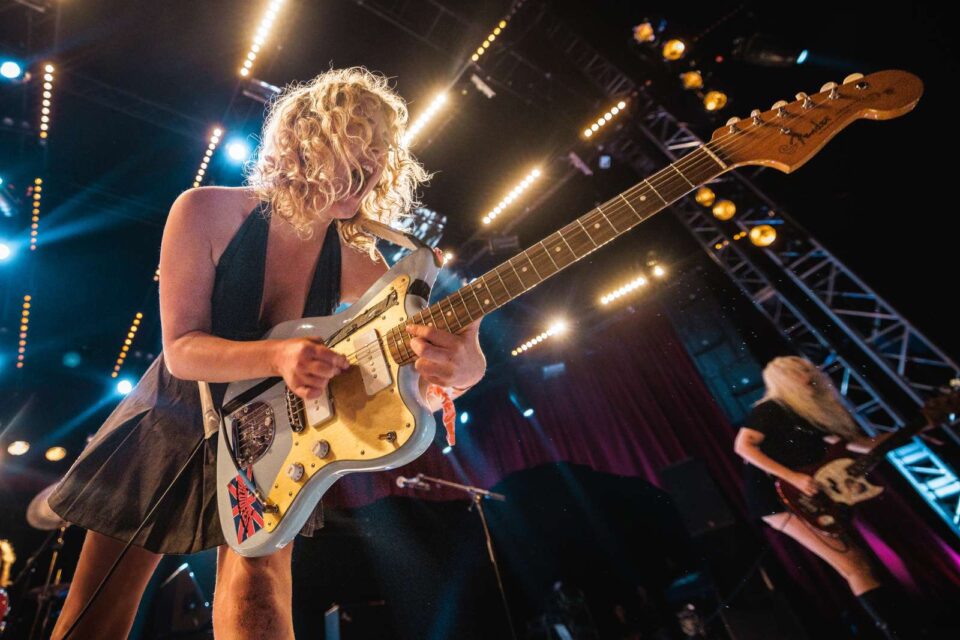
Lambrini Girls / photo by Peter Troest
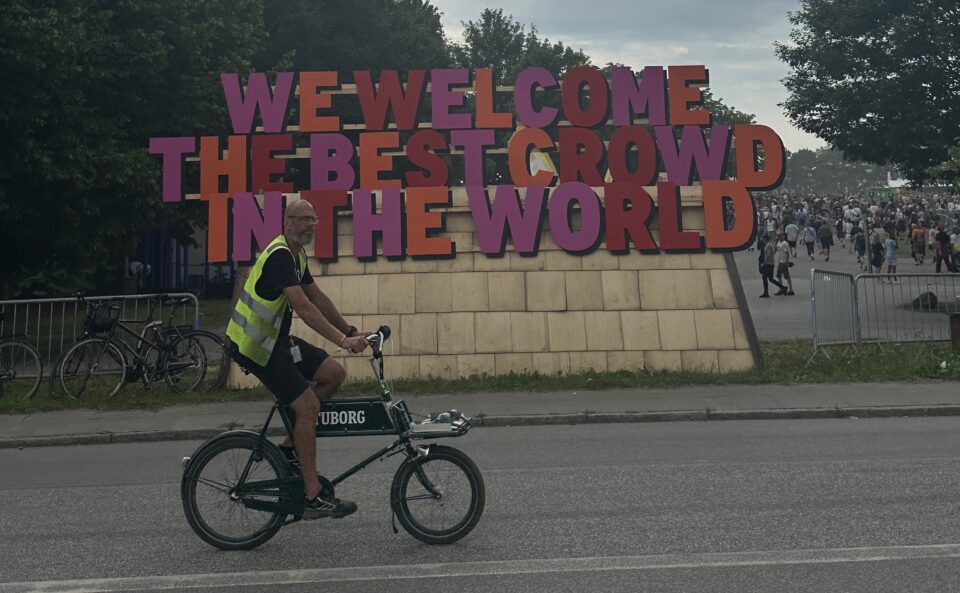
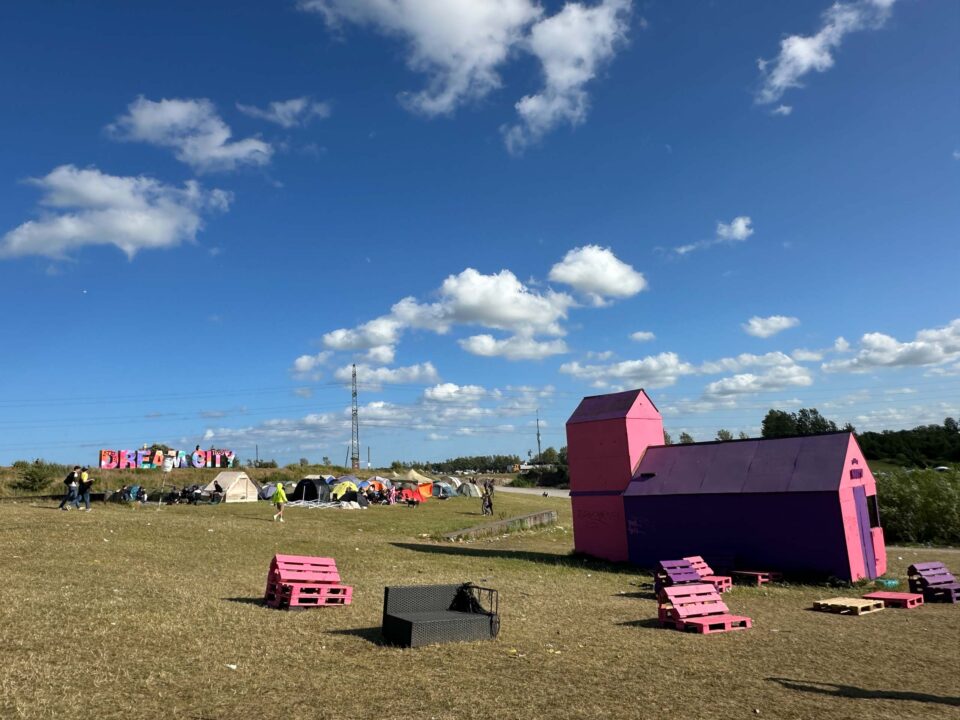
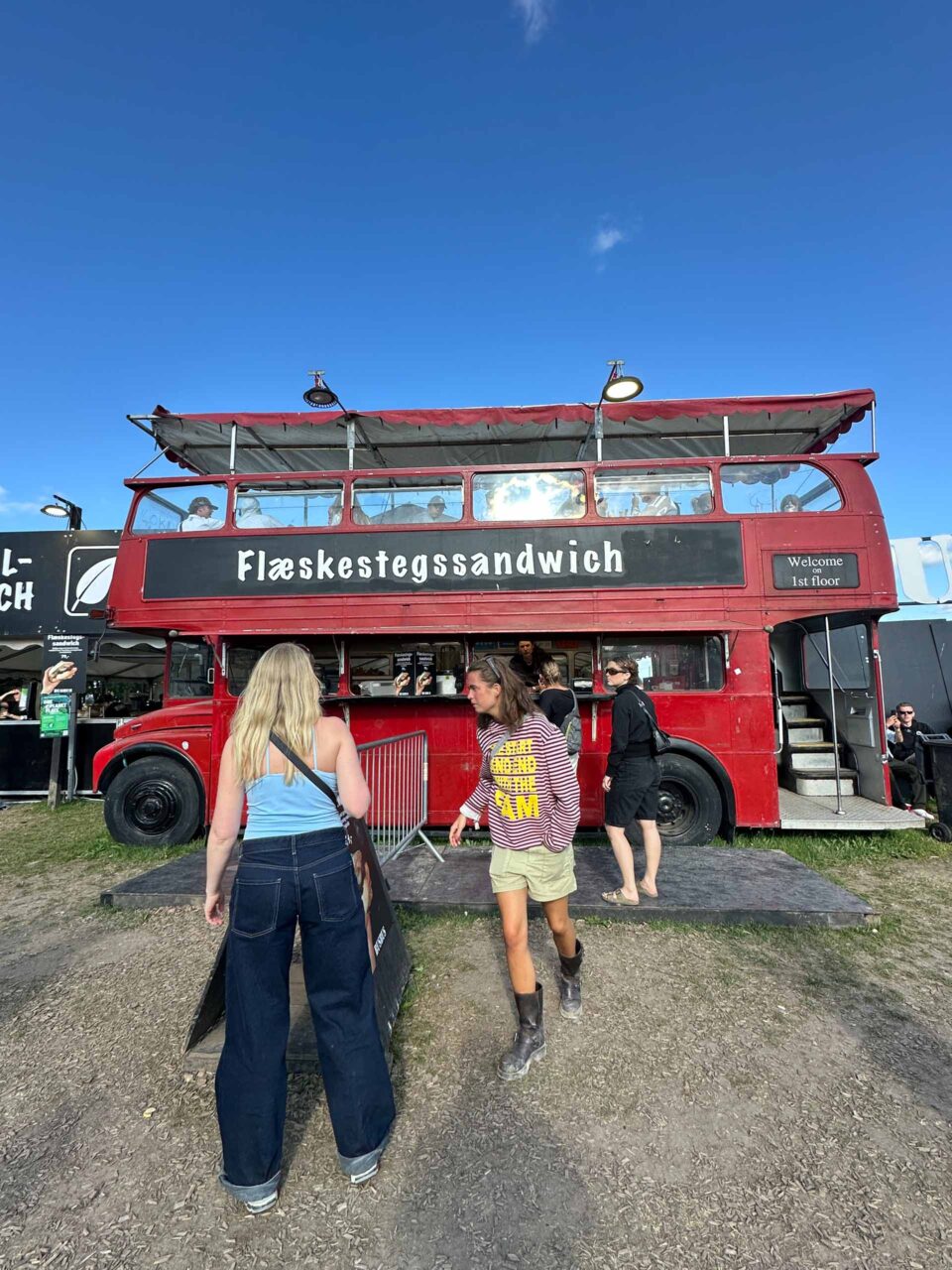
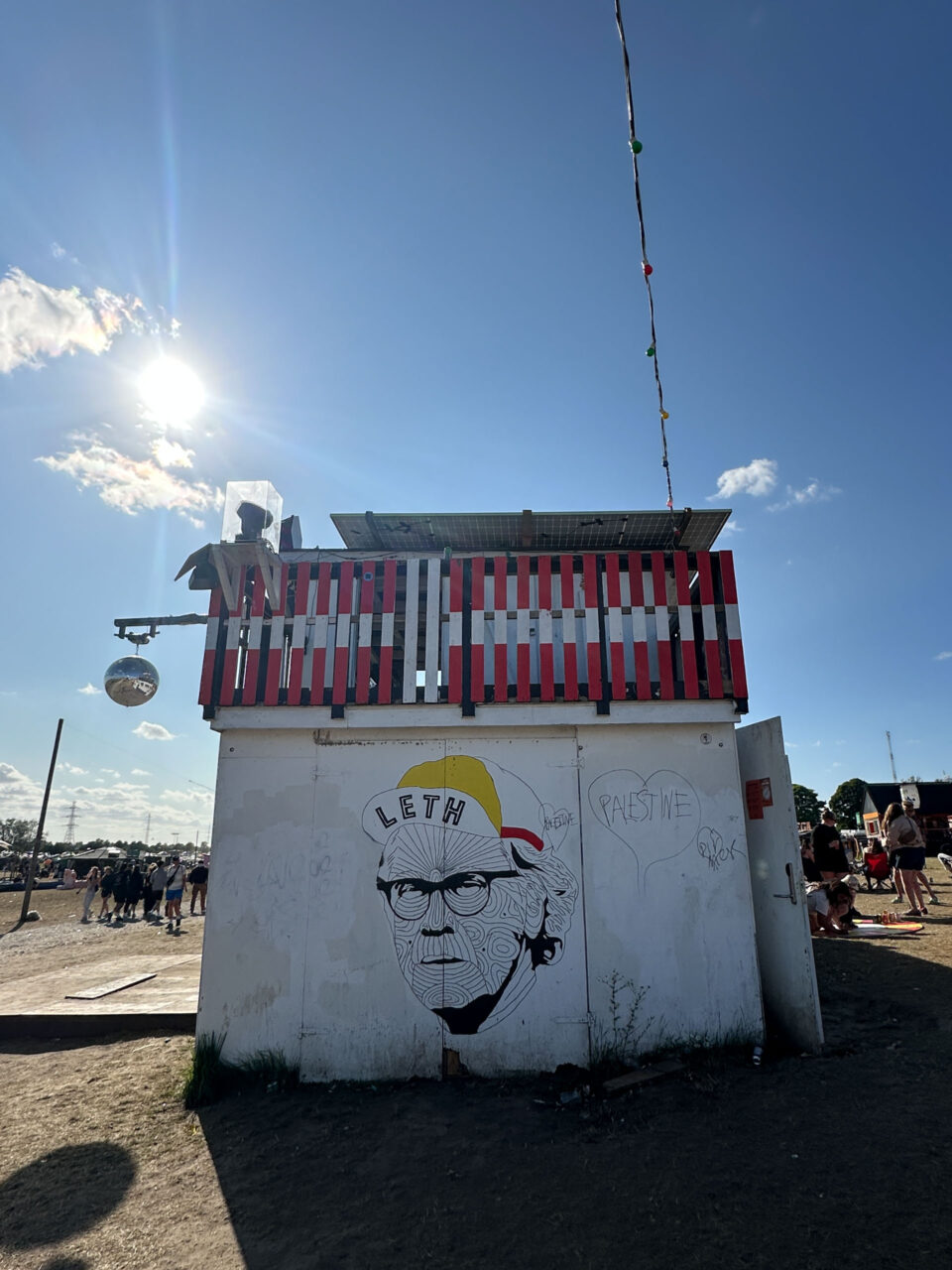
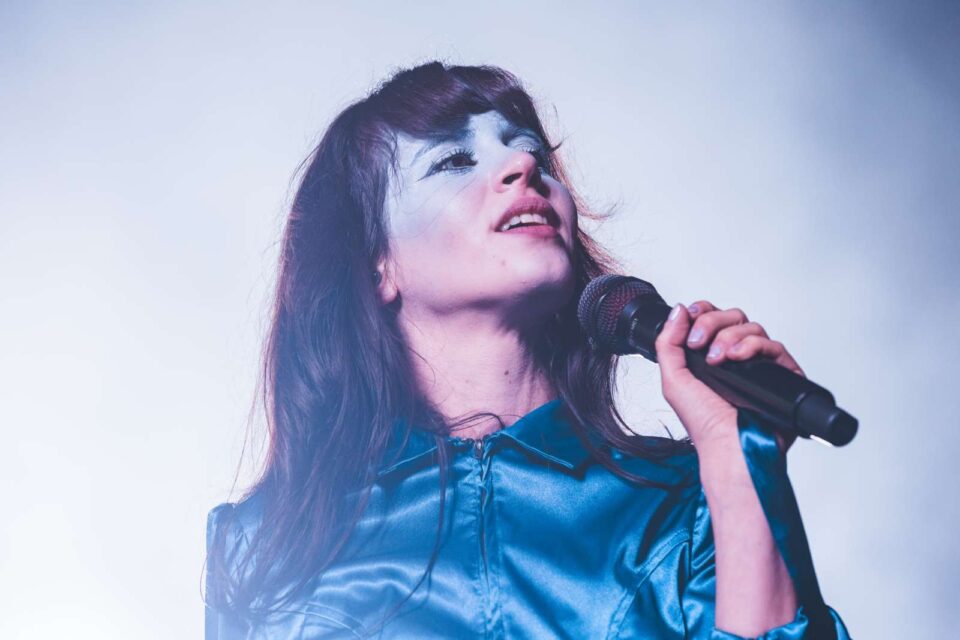
Magdalena Bay / photo by Peter Troest
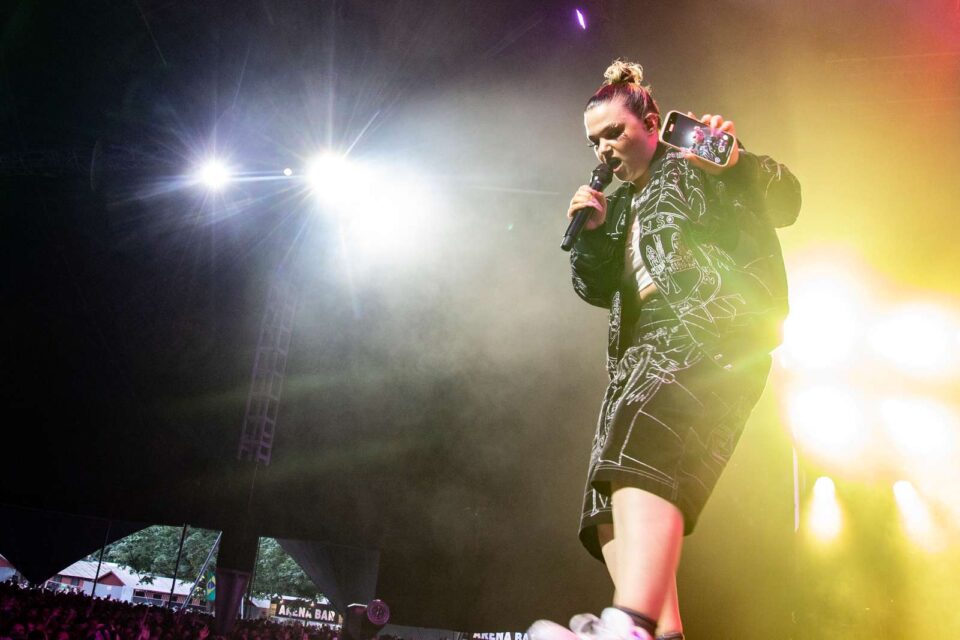
Lola Young / photo by Kristian Gade
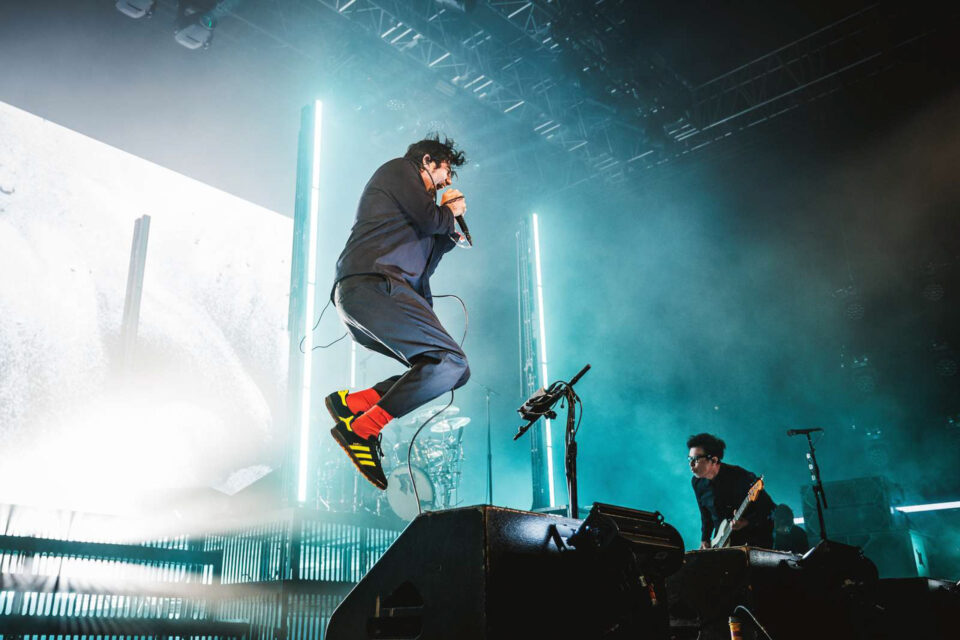
Deftones / photo credit Christian Hjorth
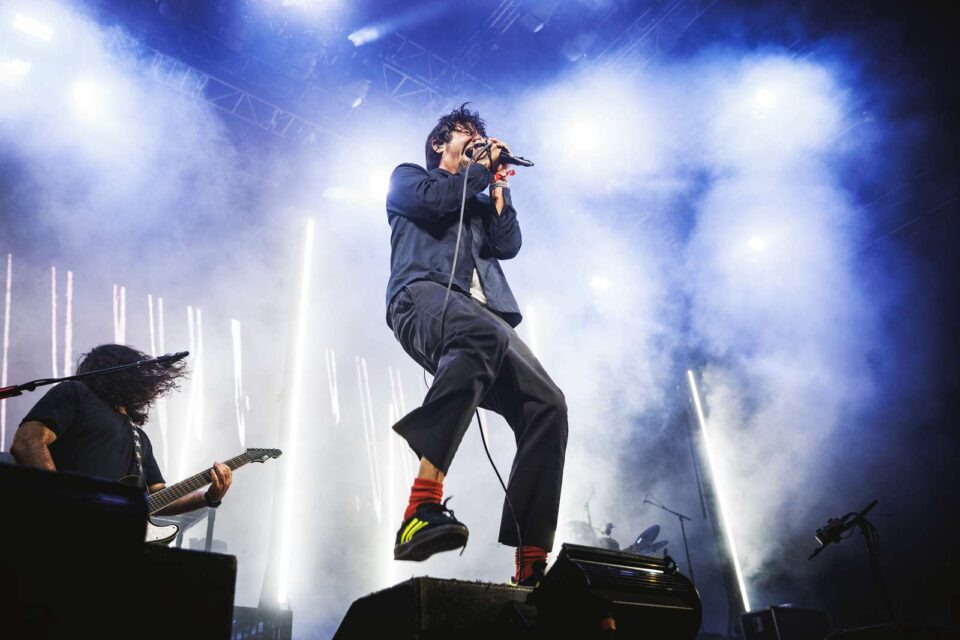
Deftones / photo credit Christian Hjorth

Emma Sehested Høeg / photo by Kim Matthäi Leland
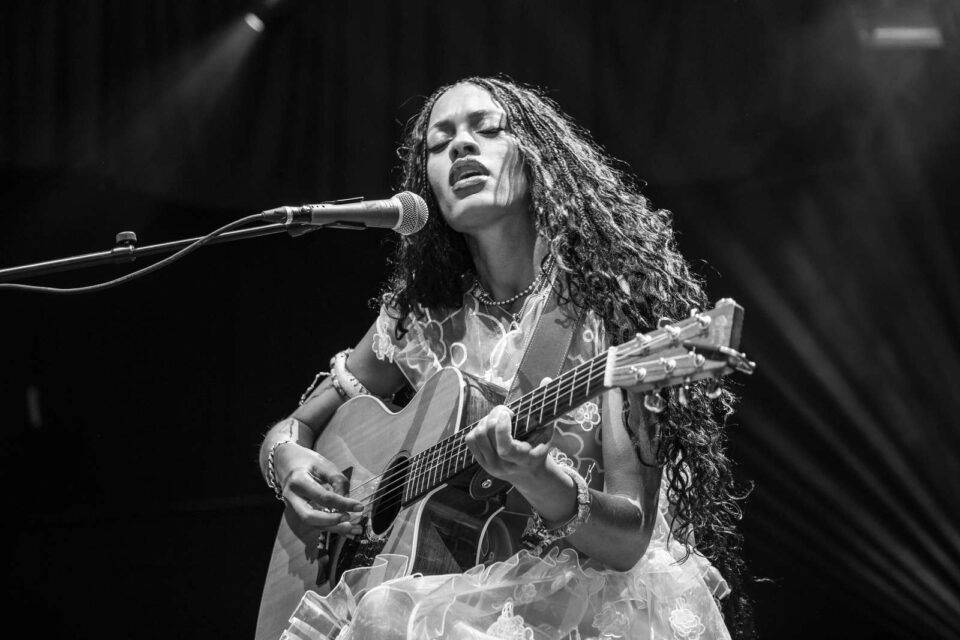
Annahstasia / photo by Kristian Gade
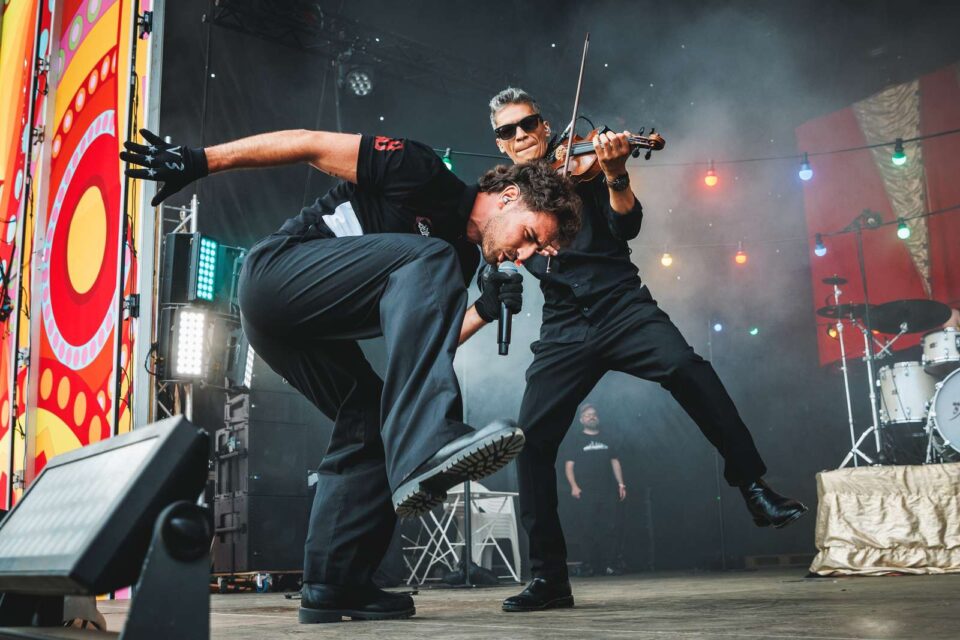
Saint Levant / photo by Christian Hjorth
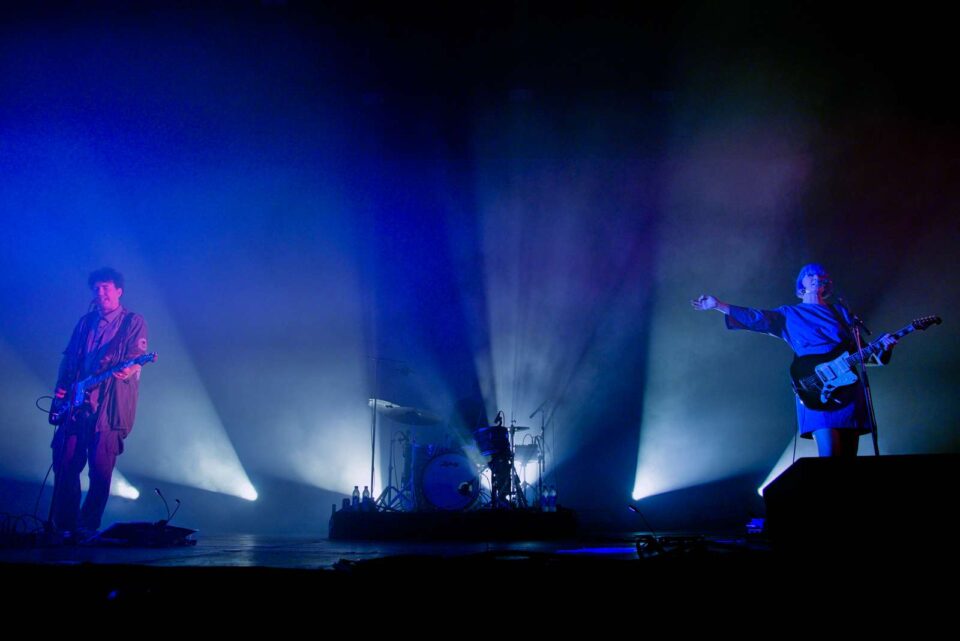
The Raveonettes / photo by Steffen Joergensen
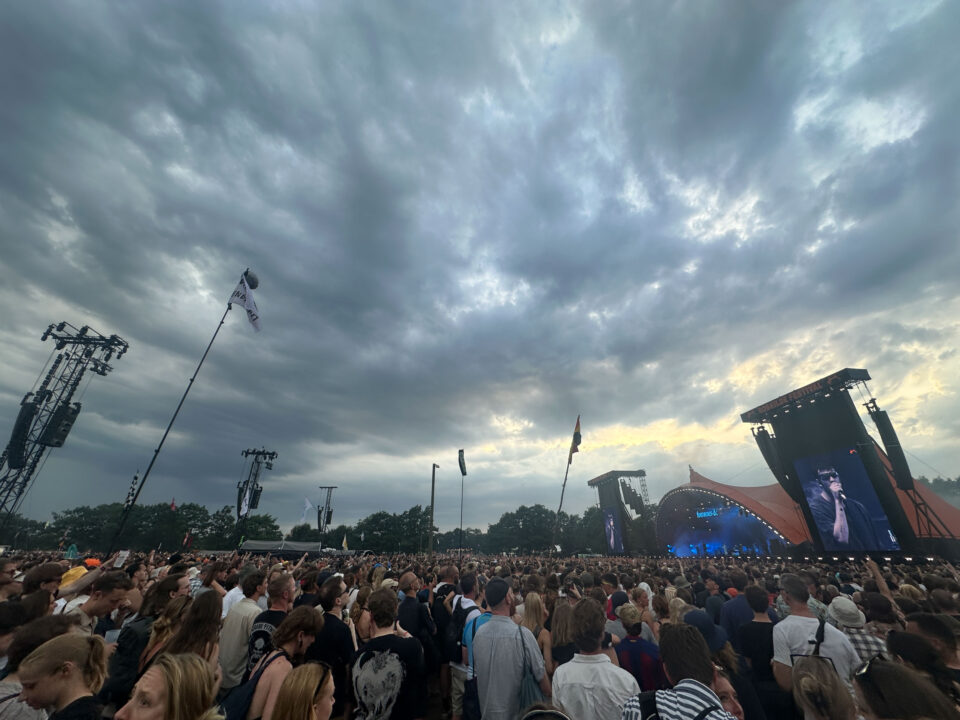
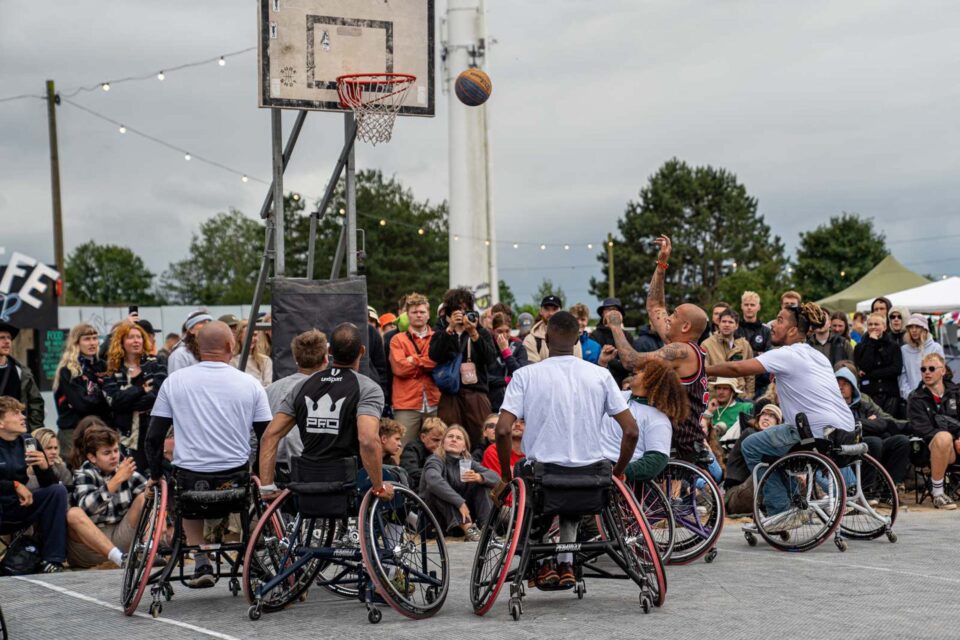
Game Area wheelchair basketball / by Mathias Engmark

Nana Benz Du Togo / photo by Kristian Gade

Ikkimel / photo by Christian Hjorth
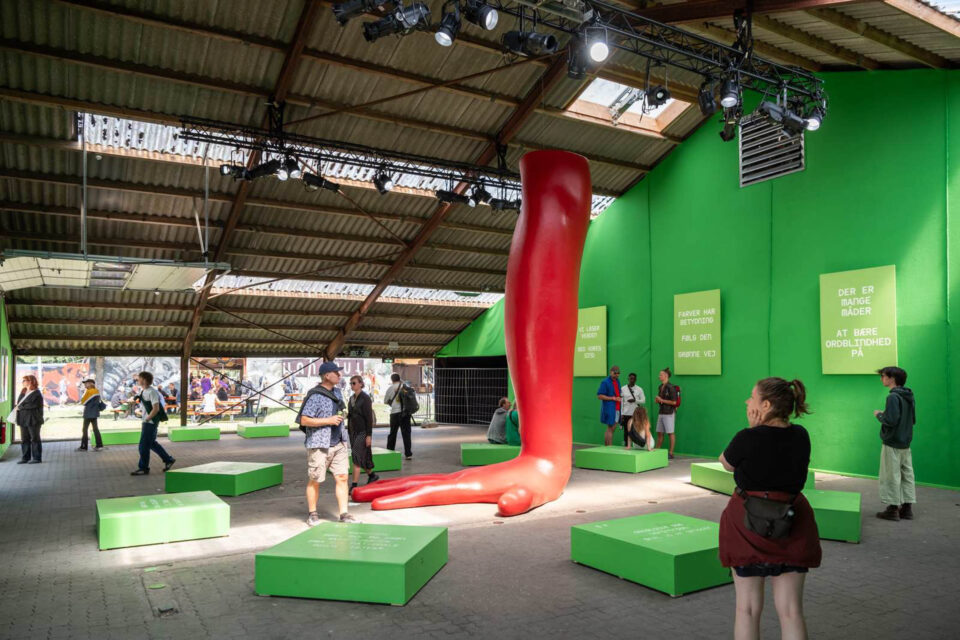
Artwork by Julie Nymann / photo by Kim Matthäi Leland
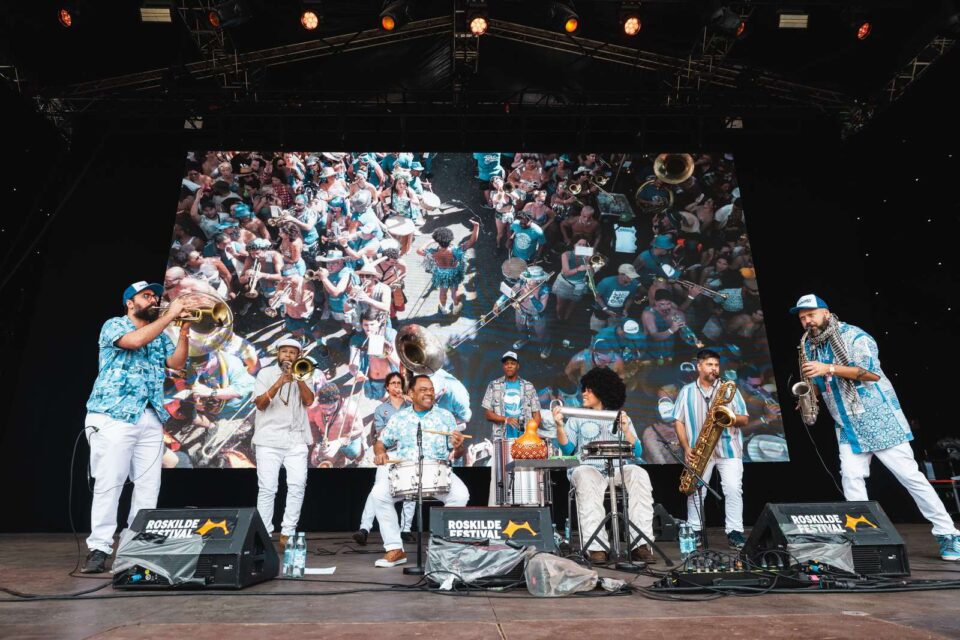
Charanga Do Franca / photo by Peter Troest
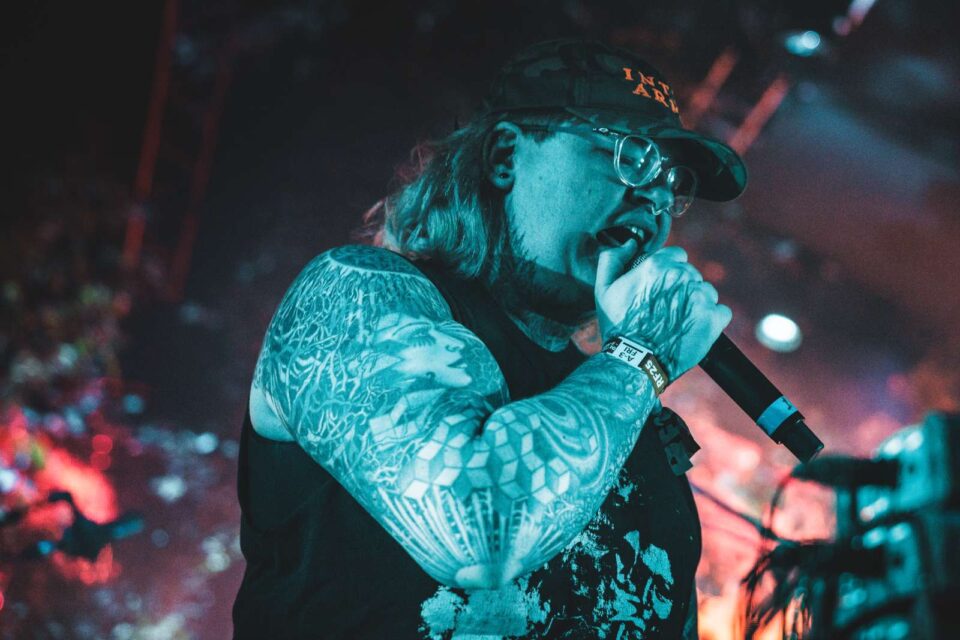
Body Void / photo by Peter Troest
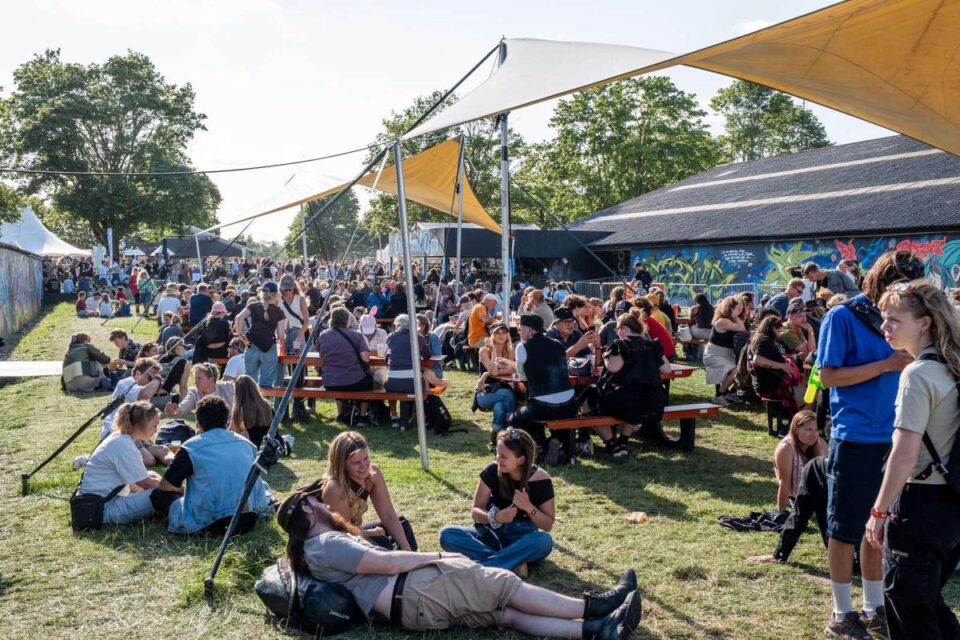
photo by Kim Matthäi Leland
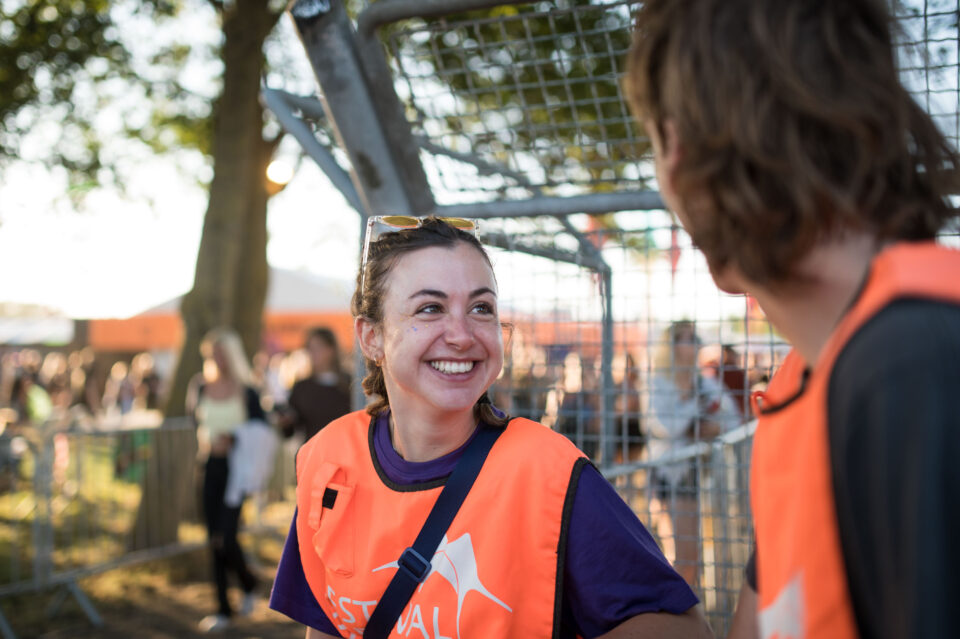
photo by Nicolai Hegelund Vilhelmsen

Anohni and the Johnsons / photo by Kristian Gade
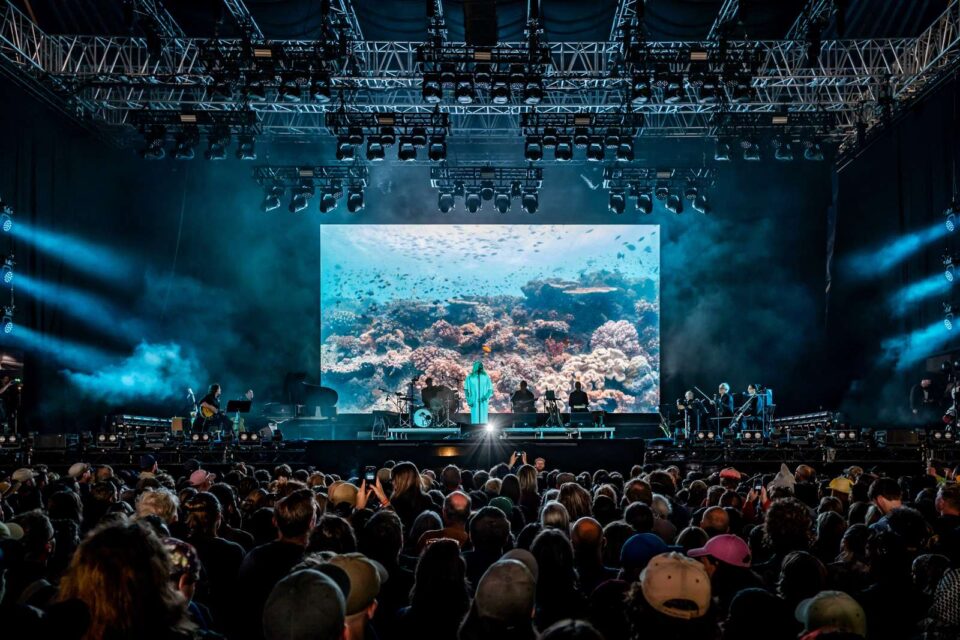
Anohni and the Johnsons / photo by Kristian Gade
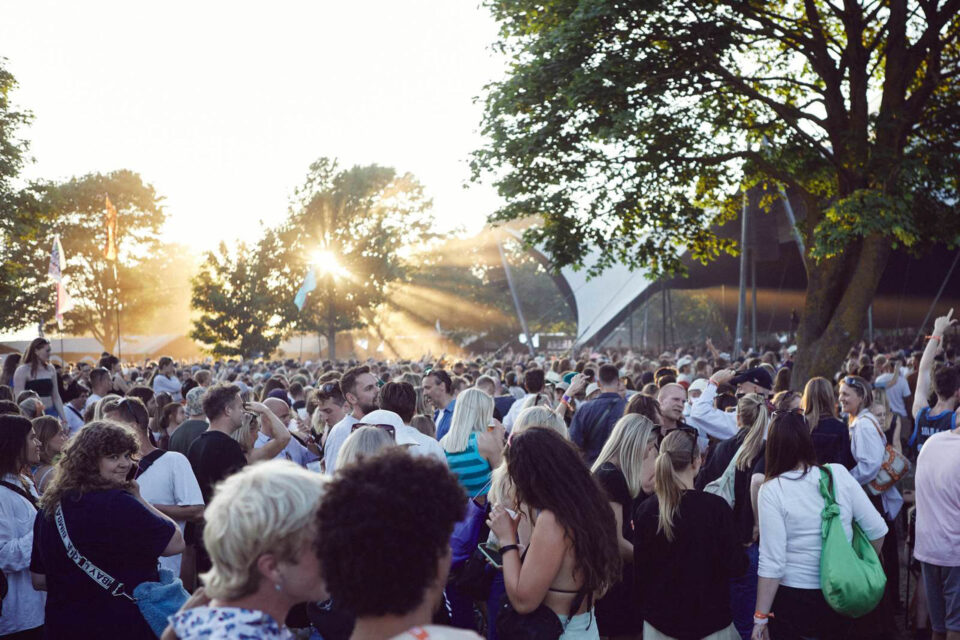
Volunteers Village / photo by Christian Solgaard
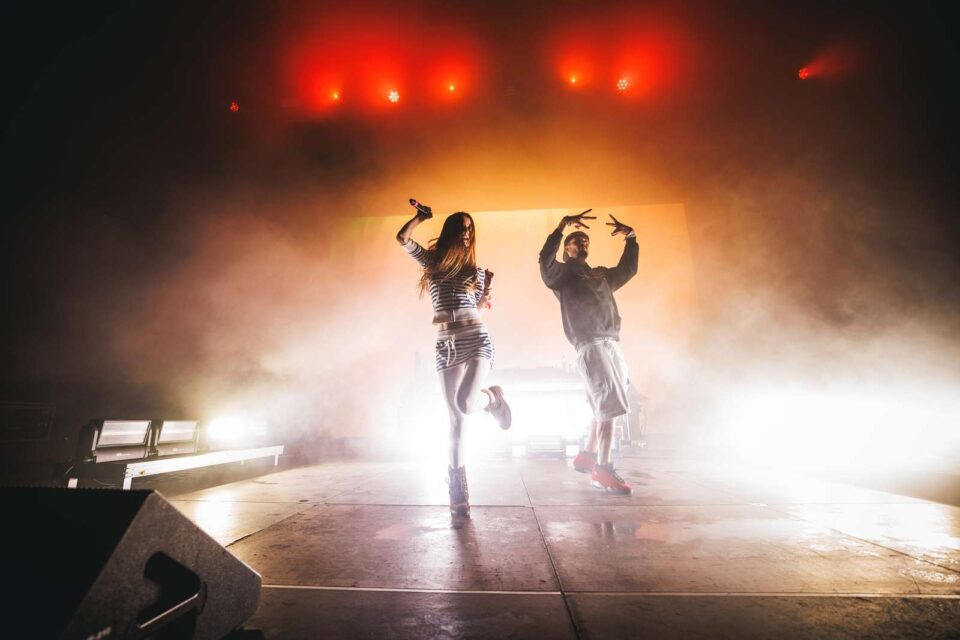
Snow Strippers / photo by Christian Hjorth
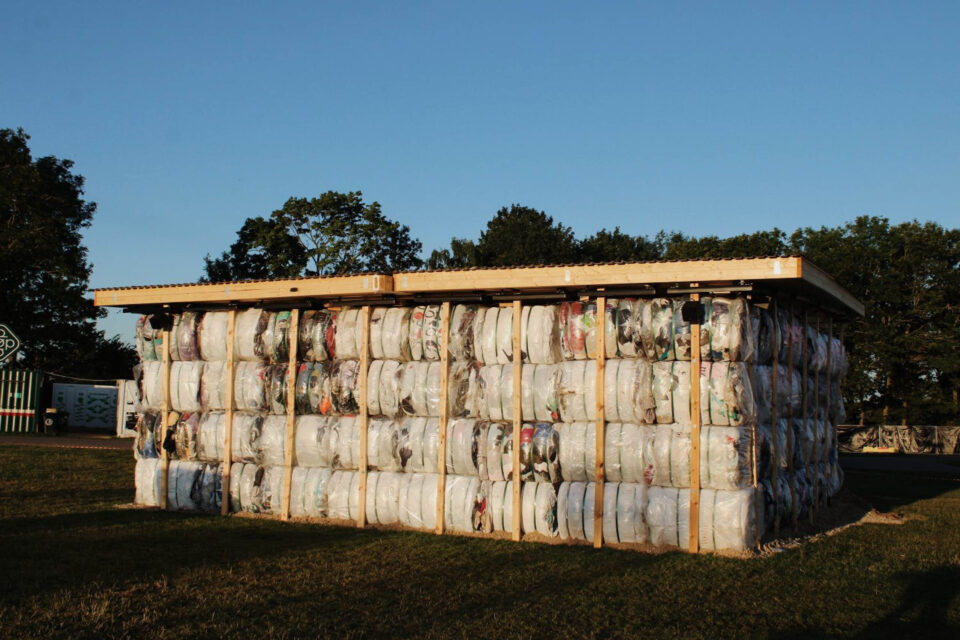
The Nest Collective / photo by Gabriela Reszotnik
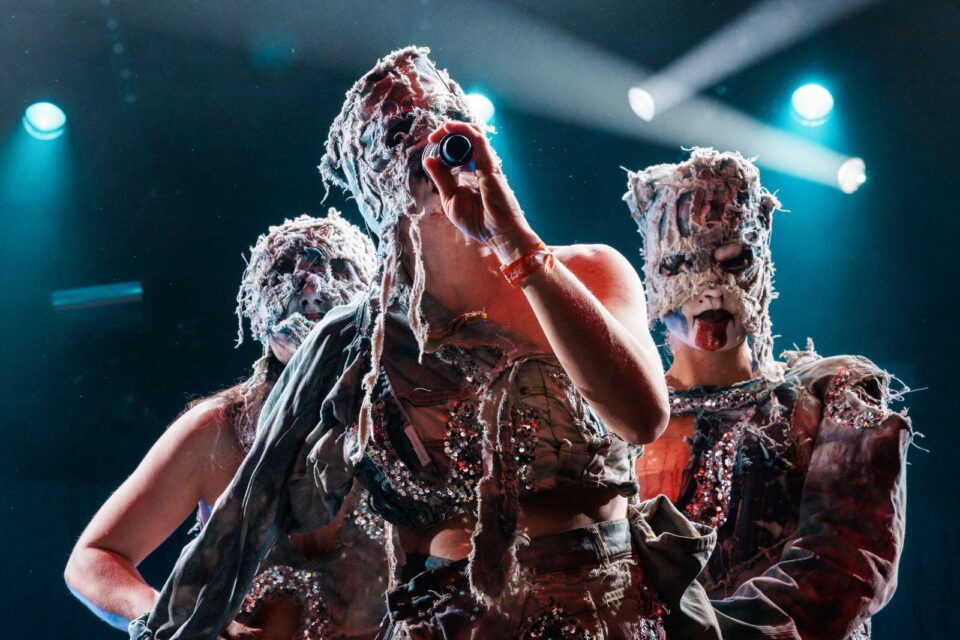
John Cxnnor_x_Witch Club Satan / photo by Peter Troest
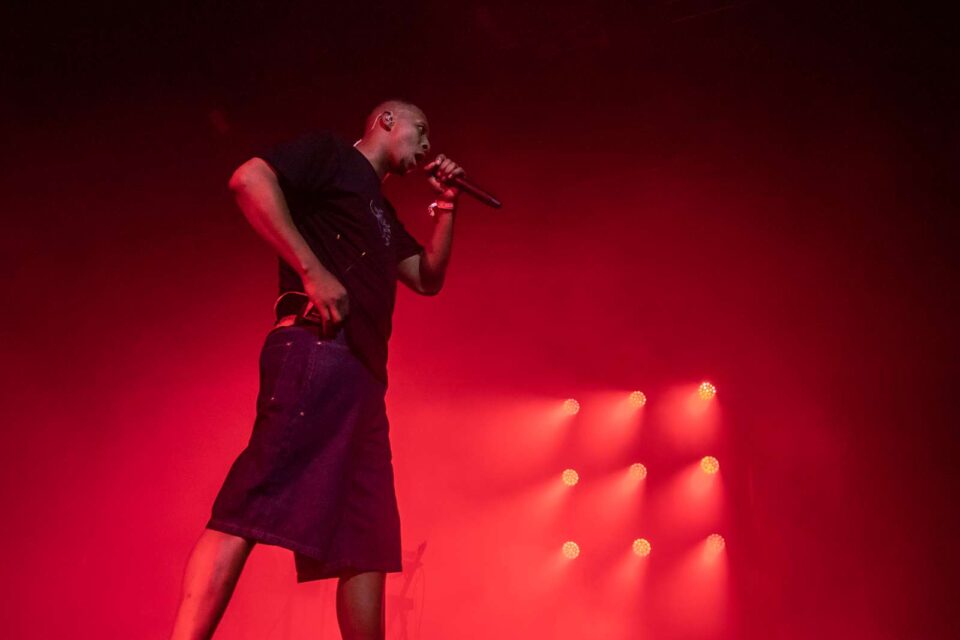
Noah Carter / photo by Kristian Gade
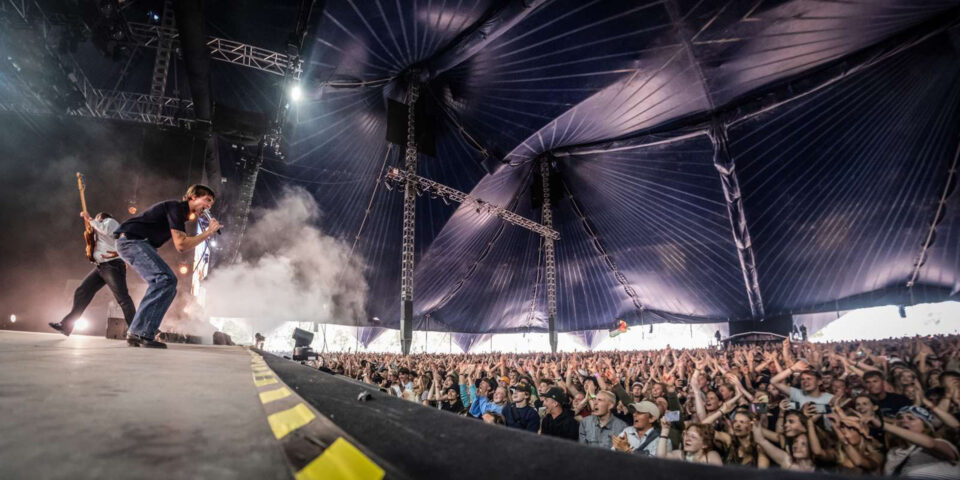
Aphaca / photo by Matthäi Leland
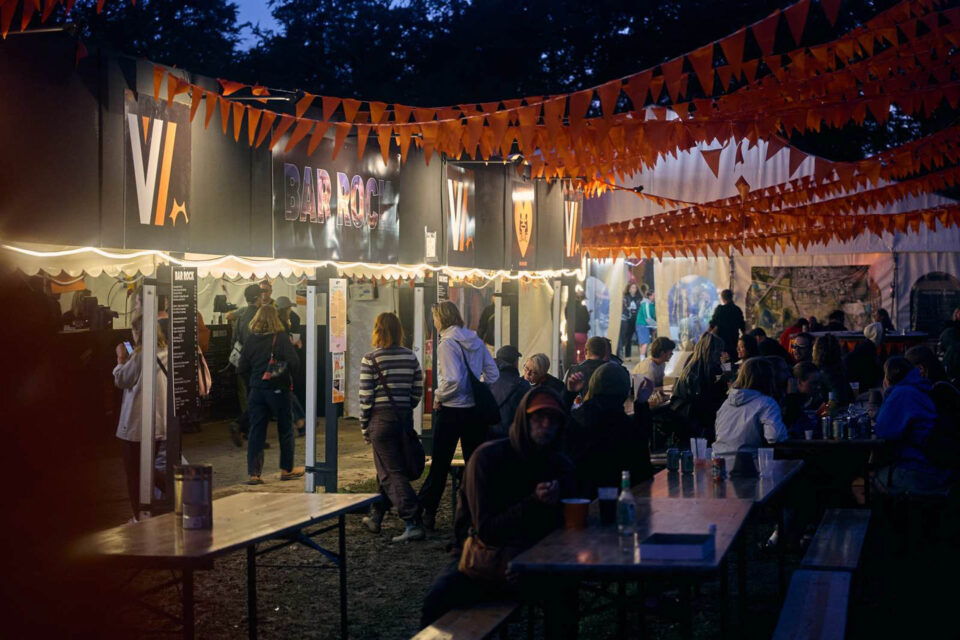
Volunteers Village / photo by Christian Solgaard

Soap Horse / photo by Malthe Ivarsson
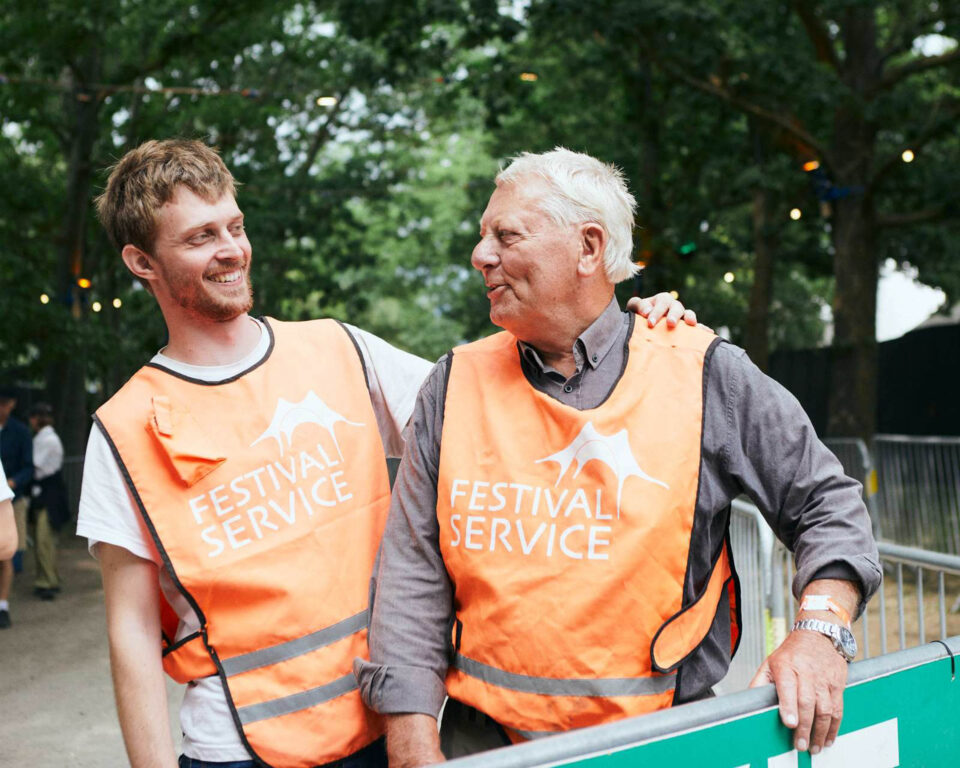
Volunteers / photo by Christian Solgaard
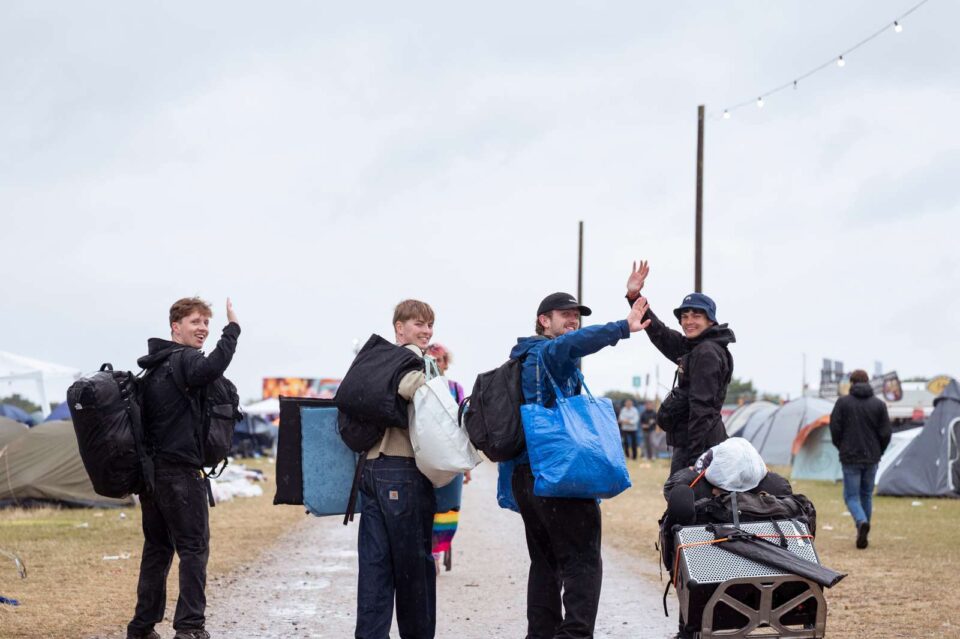
photo by Katrine Catalan Flores
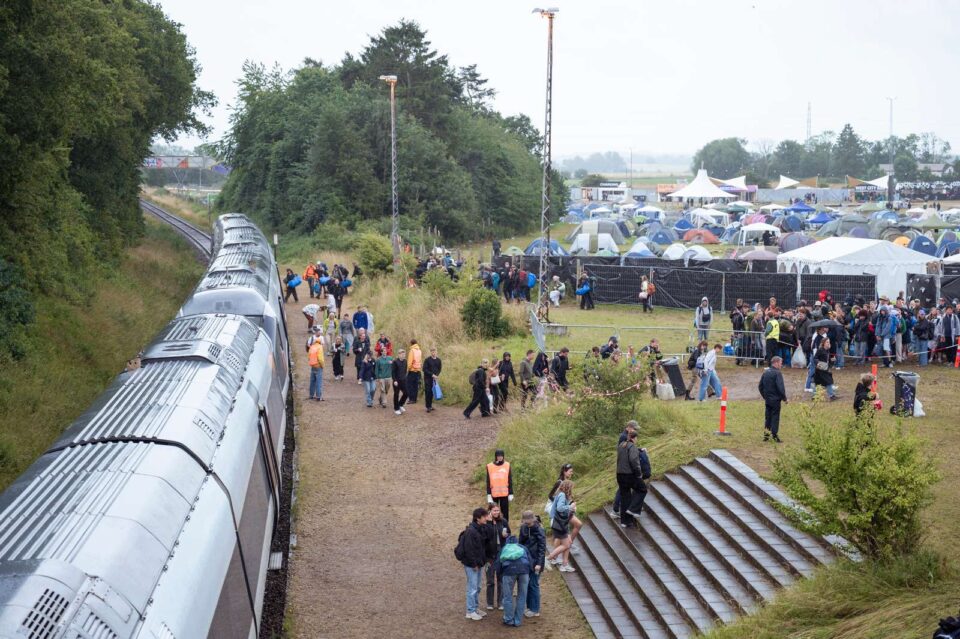
photo by Katrine Catalan Flores

